Rubirosa did not drive a Ferrari Formula 1 car. The unattainable charm of the F1 driver of those years, however, is the only thing he missed because he had everything else, including the violent death on a Red before growing old. One of the most fascinating, frenetic and mysterious lives that can be conceived. A movie existence and even more. No surprise he was an unsurpassed playboy, perhaps the greatest ever, along with a few others. An unrepeatable time for him too. Today his "undertakings" would not be conceivable and would perhaps even have led him to prison as the world has deeply changed and we seem to be talking about prehistory. But "Rubi" marked an era, he left his mark. He was the James Bond that really existed and even more as he was a racer of Ferraris. It’s difficult to imagine anything more. Class, unscrupulousness, adventure, elegance, prowess. He has gone through life in all its forms, from this his charm was born. His gaze was enough to convince, an irresistible magnetism. Not always a gentleman but it’s the bad boys that women like and he certainly was. "Men are naughty," Hugh Grant said. Rubirosa had a dark past and quick, sometimes violent ways, he was a man of his time in all respects. But someone like him will no longer exist.
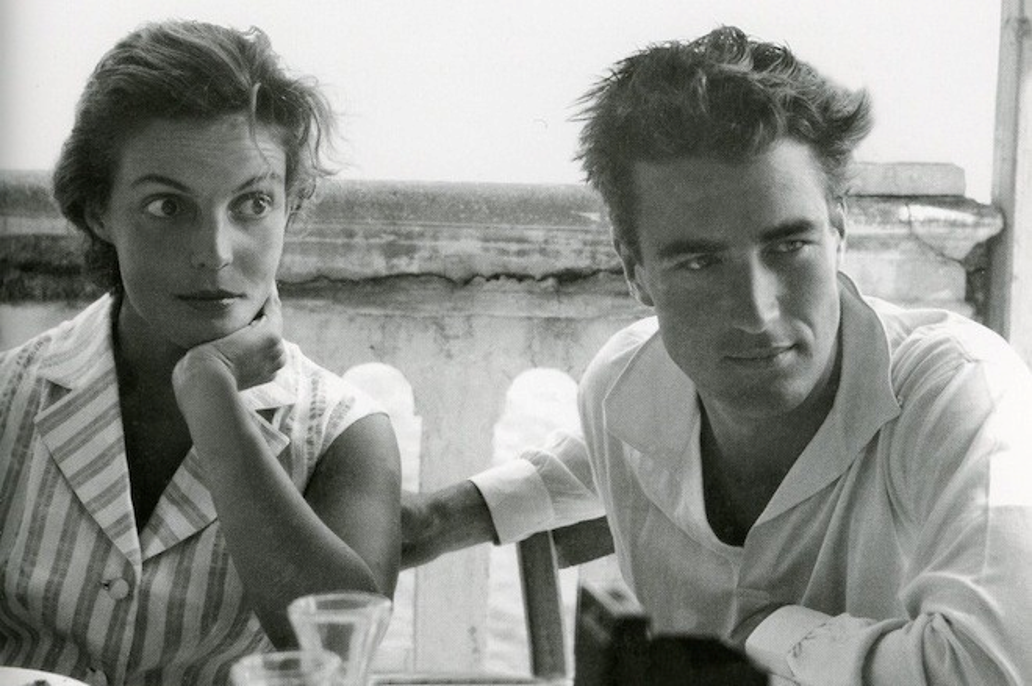
An era, that of Porfirio, populated by giants like him, playboys of the world, his playmates, the playboys’ last hurrah.
At age 78, Gunter Sachs, one of the last living international men of mystery, took his own life with a gunshot to the head at his Gstaad chalet. The German-born millionaire, womanizer, photographer, art collector and man-about-globe had followed the fast-living course of his life to its end: better to go out with a bang than with a whimper (Sachs was believed to have Alzheimer’s disease). That would have been bad form, old sport. “Playboy, moi?” Sachs once asked a reporter, giving a collective voice to many of his peers. “I would rather call myself a gentleman.”
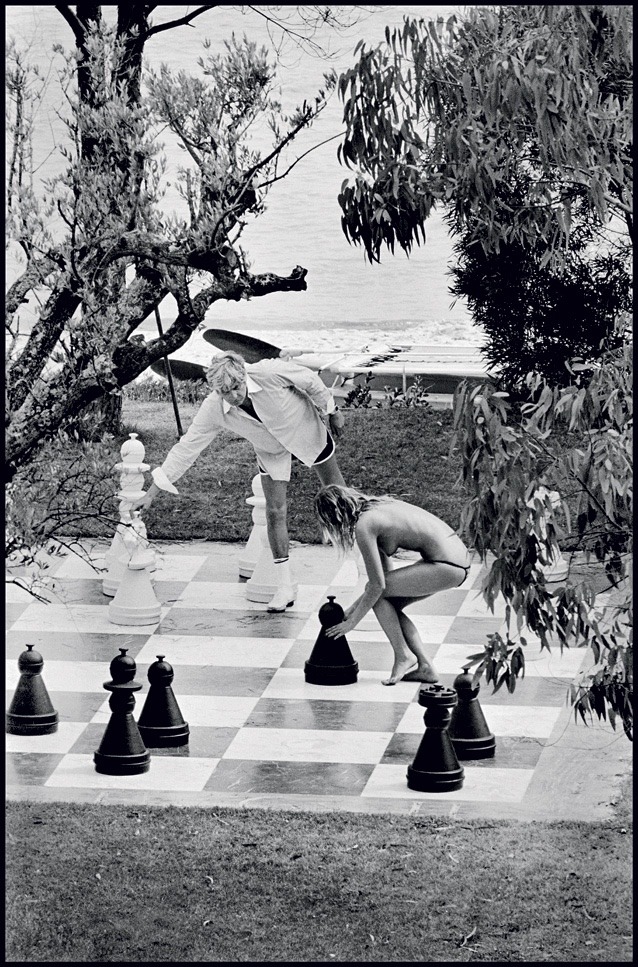
Elliot Erwitt/Magnum Photos. Gunter Sachs playing chess
As the shot rang out in May, the Côte d’Azur, his old stomping grounds, was preparing for a “high season” that was a world apart from the one that Sachs knew. In the once rarefied fishing village of Saint-Tropez, the 300-foot super-yachts and private jets of the new-nouveau riche were gassed up and fruit-of-the-month-vodka-stocked, the Estonian “special-events models” booked, the guest lists of bold faces edited to meet gossip-column requirements. Few in the 21st-century jet set would know his name but, from the high-flying ’50s through the ’70s, in certain influential circles Gunter Sachs was The Man.
The playboy is dead. Many of them actually lie underground and even the ones still roaming the earth have shed their tanned hides. Let us now toll the names: the red-blooded Pablo Picasso, the legendary Gianni Agnelli, the Dominican diplomat stud Porfirio Rubirosa, the polo-playing novelist Jerzy Kosinski (who chronicled the mallet-wielding lifestyle in “Passion play”), the man-of-wealth-and-taste Mick Jagger (in his Marianne Faithfull phase), the modelizing safari-photographer Peter Beard (once married to Cheryl Tiegs, romantically linked to Candice Bergen and Lee Radziwill, sister of Jackie O.), Prince Albert, Roberto Rossellini, Marcello Mastroianni (who ultimately became the “La Dolce Vita” parts he played), Dodi Al Fayed (the Egyptian film producer who died with Princess Di in a 1997 car crash) and so many no-name but no less formidable Brazilians, Brits, French and Germans.
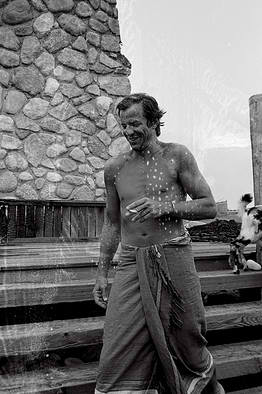
Time & Life Pictures/Getty Images. Peter Beard, heir to a railroad fortune, mixed Africa with fashion photography and married supermodel Cheryl Tiegs.
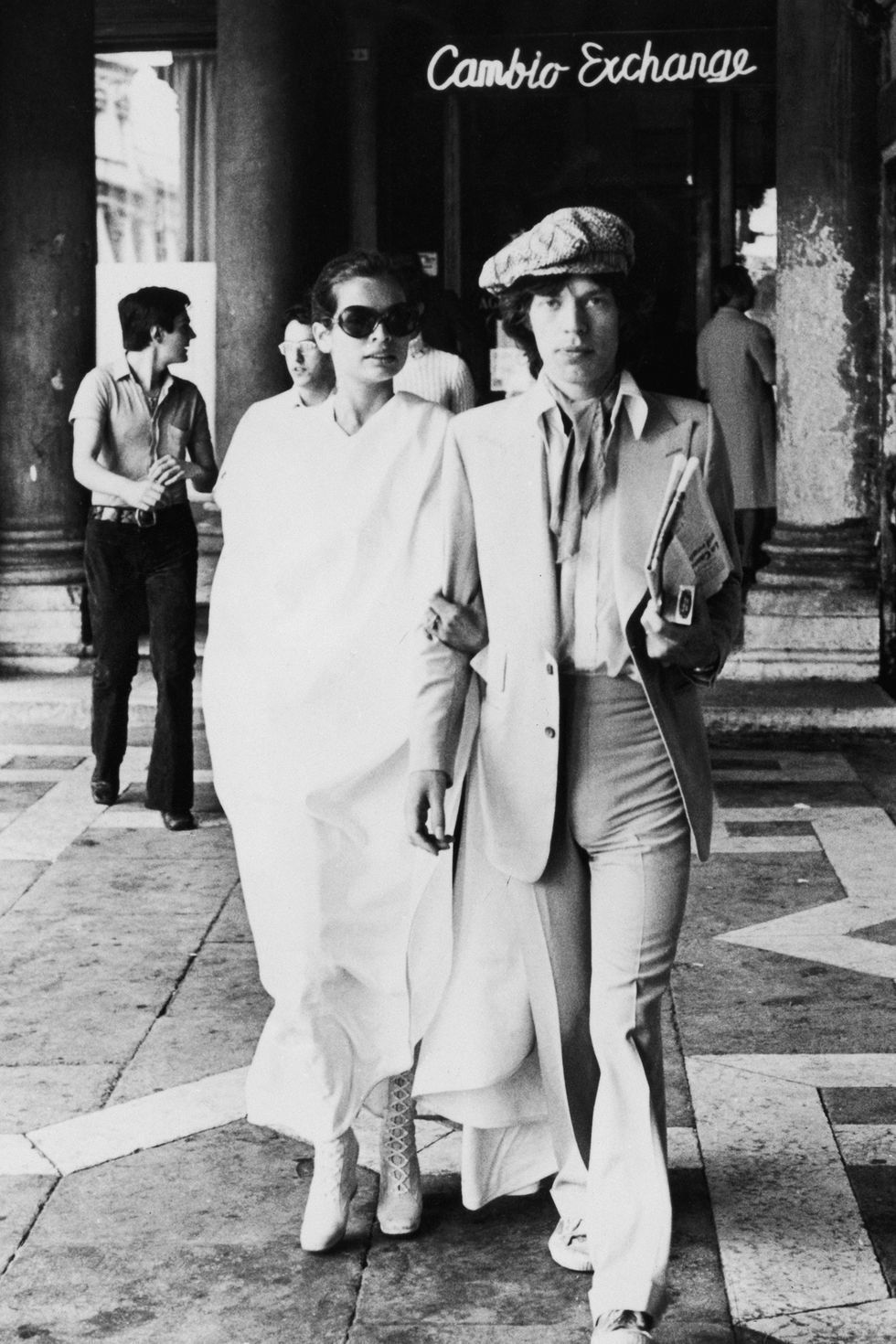
Hulton-Deutsch Collection/CORBIS. Mick and Bianca Jagger
Despite their many sins, mortal and venial—sloth, lust,—most of the great playboys shared noble attributes. They embodied elan, impeccable taste, extreme discretion (regarding money as well as sexual conquests) and general good-natured bonhomie. To hear those who knew them tell it, they were captivating one-man shows, room-holders who, when they had everyone’s attention, often put others before them. And wherever they rested their fox hats and crash helmets, they left apocryphal stories behind, repeated in private clubs and lawn parties, tall tales that separated them from the wolf pack.
In his memoir “Don’t mind if I do,” Hollywood playboy emeritus George Hamilton, now a ripe 72, provided some tips he learned over the years for attracting the most gorgeous women in the world, including the hardly press-shy Liz Taylor. “A world-class playboy once told me that the key to mesmerizing women is to listen to them and look deeply into their eyes. It was a lesson I’ve never forgotten. My father also had advice for me. It was always important, he told me, to be a ladies’ man and a man’s man.”
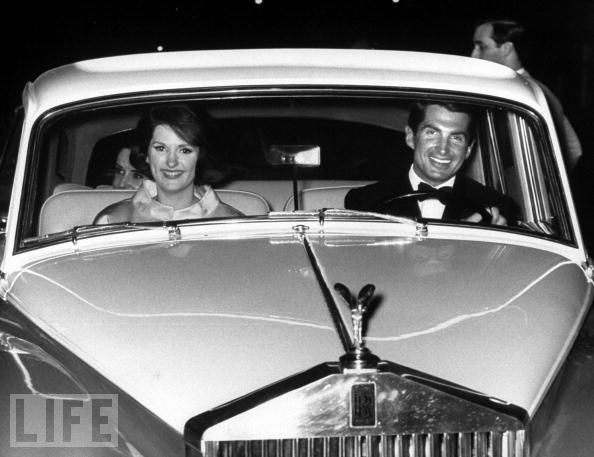
Julian Wasser/Time Life Pictures/Getty Images FAST LANE. George Hamilton with first daughter Lynda Bird Johnson in 1966.
“The playboys always married for a time,” says Dana Thomas, a longtime Saint-Tropez vacationer, author of “Deluxe: how luxury lost its luster”. “They were hopeless romantics after all. It just never lasted because they all had wandering eyes.”
Their fables entered the zeitgeist in the form of pop-culture swordsmen like Thomas Crown, Simon Templar, John Steed of “The Avengers” and, most famously, James Bond (played for a while by onetime Gstaad resident Roger Moore). “Why is this bunch of endlessly naff, morally dubious, sun-damaged sex addicts so beloved by the media?” moaned the Guardian recently. Well, because they were beloved by so many men who wanted to be them and women who wanted to be with them.
Today we are left not with real playboys but with synthetic playboy nostalgia. Sachs was impeccably dressed and tousled-haired. In his day, a playboy didn’t shout he was a “playah”—he just . . was. What the deuce did he care if anyone else knew it?
Some fabled playboys were born to the manor and provided hefty trust funds, but made something of it. As a young man Gianni Agnelli, the heir to the Fiat fortune and onetime lover of screen goddess Anita Ekberg, was provided a faux title at the auto company. As vice president of nothing, he was told by his grandfather to “have a fling [at the job] for a few years. Get it out of your system.” His allowance was $1 million per year. After buying a 28-room villa on the Côte d’Azur (as well as playboy pads in Manhattan and St. Moritz), becoming a F1 race-car driver and ultimately smashing his Ferrari going 140 mph above Monte Carlo (breaking his leg in six places), Agnelli grew up and “stopped playing and started thinking.” Under his run as the company president, he saved the beleaguered Fiat from going the way of the Edsel. Agnelli lived to a respectable 81.

Rue des Archives/The Granger Collection French renaissance man. Serge Gainsbourg with actress Jane Birkin
Some had real life thrust upon them. Roman Polanski, Helmut Newton, Jerzy Kosinski and the composer Serge Gainsbourg (subject of the new bio-picture “Gainsbourg: a heroic life”) survived Nazi and wartime threats, poverty or family tragedy and still won fame and fortune. Robert Evans, the Hollywood producer of such classics as “Chinatown” and “The Godfather,” was “discovered” tanning by the pool at the Beverly Hills Hotel. When his acting career proved fatal, he turned to movie producing and the ladies followed. His father was a dentist. The message such men sent out was: this could happen to you.
Even the talented Mr. Ripleys of their day, the skillful gold diggers, proved to be loyal friends, generous hosts, discreet lovers and, well, just too damned much fun not to invite to the party. Take Porfirio Rubirosa. Men and women alike adulated him, enjoying his “ride” in the sidecar, regaling in his getting away with it all.
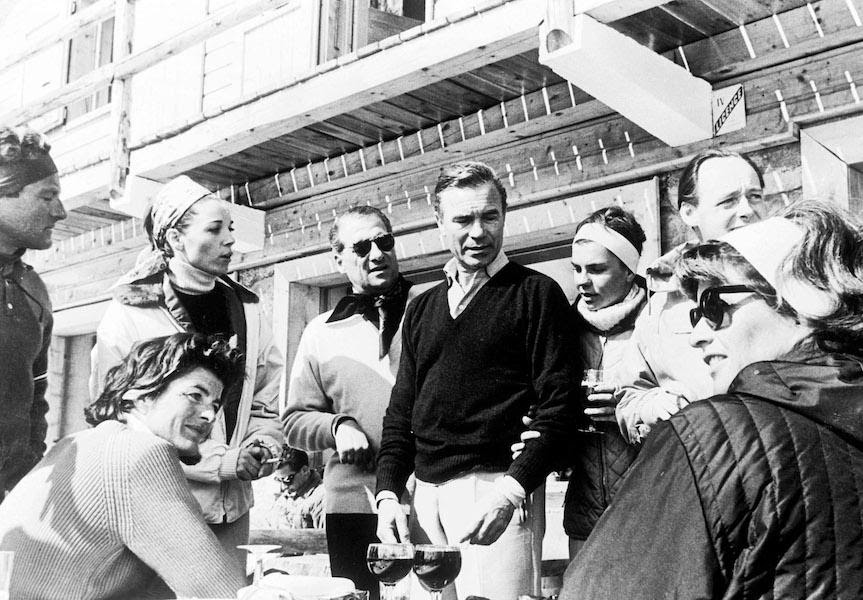
Charm, 50 years ago, went a long way. After a besotted all-nighter with the Dominican polo player and race-car driver, Sammy Davis Jr. ran into the dapper Don Juan at lunch sitting at a bar. “Rubi,” as he was nicknamed, was dressed to the nines, drinking a Ramos gin fizz. The Rat Packer asked him how he kept going. “Your profession is being an entertainer,” said Rubirosa. “Mine is being a playboy.”
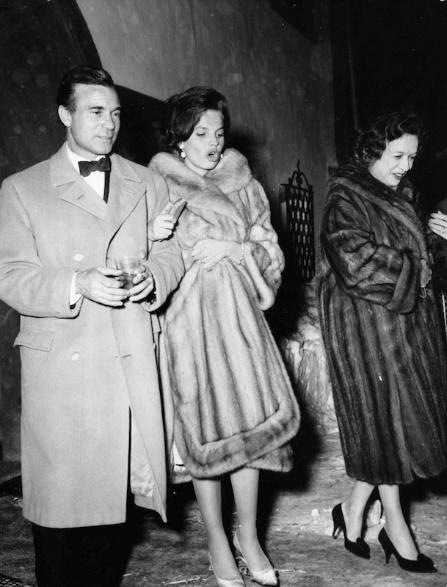
How couldn’t you like a guy like that, a throwback to Bogie in “Casablanca,” a ladies’ man and a man’s man.
According to Venezuelan-born Reinaldo Herrera, Carolina Herrera’s husband and heir to his family’s art-and-land-owning fortune, real playboys — ”an unflattering term to be called in that day”—”were gentlemen and often sportsmen.” Herrera, once an accomplished horseman, now a Vanity Fair contributing editor, adds: “they were interesting to be around. They worked but played well and lived well. They didn’t buy $10,000 bottles of champagne to impress a girl or their friends. They were brought up with an instinctive sense of obligation.”
“The word ‘millionaire’ was like the clap—you didn’t talk about it,” says Evans, who at 81 still counts in his intimate circle vintage-make playboys like Jack Nicholson, Polanski and Warren Beatty. “When money is everything, charm goes out the window.” Evans differentiates between style, a good thing and fashion, a superficial thing. “Style preceded fashion for these guys.” Helmut Newton, the German-Australian photographer who died in a 2004 car crash by the driveway of the Chateau Marmont, was to the film producer “the epitome of style. He was the only person you couldn’t officially invite to a party because then too many people would try to crash it. He was that much of a wonderful charmer.”
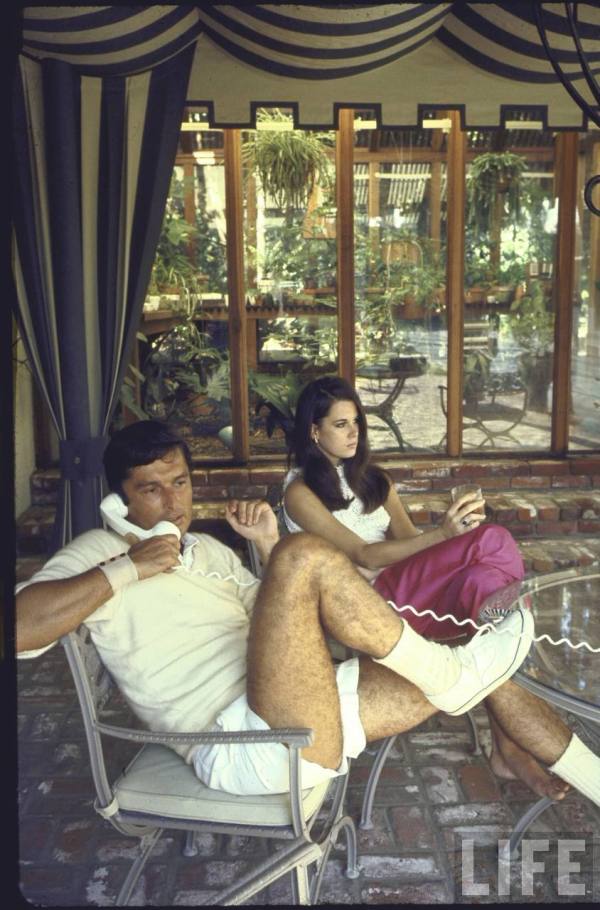
Alfred Eisenstaedt/Time & Life Pictures/Getty Images THE PLAYER. The seven-times married Robert Evans, conducting business by his Beverly Hills pool.
Saint-Tropez acts as a bellwether of what’s been lost. It’s now all about liquor-brand-and-celebrity-endorsed private parties, pop-up clubs and techno-Gaga spectacle and whirling choppers hitting the Riviera with the subtlety of a Michael Bay movie. Baggy shorts and backward ball caps are the uniform of choice worn by the new players, even at once-chic seaside spots like Club 55 and La Voile Rouge.
“I don’t go to Saint-Tropez anymore—money-grubbers and vulgarians,” says Evans, who spent more than a decade hitting the French Riviera and staying at the once discreetly chic Hôtel du Cap. Evans says that the problem with the new-money players is that they’re money-smart but culturally anemic. The 10-digit successes have come so fast for them that there’s been no time—and, for most of them, no inclination—to pursue character-broadening hobbies, or interests in Flemish paintings, Gregorian literature, the opera, learning new languages. Have pity on the nouveau-riche playboys, for they know not what they do.
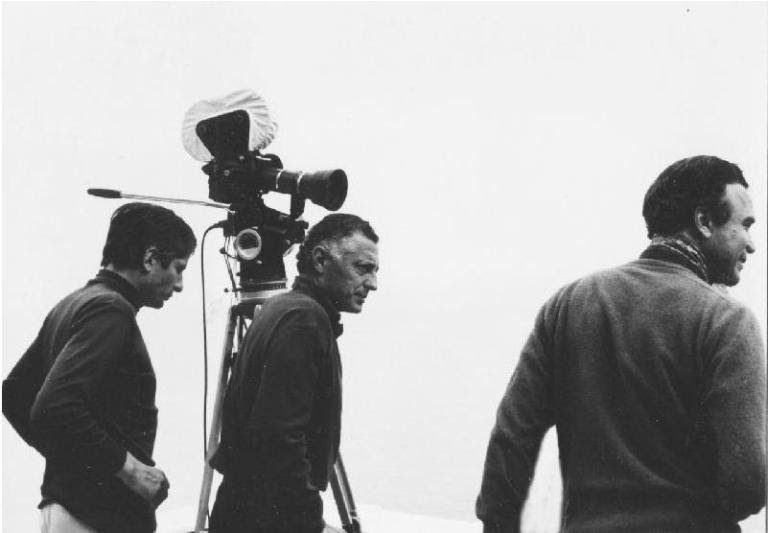
Taki Theodoracopulos, a writer and an international playboy, in this piece mourns an era when gentlemen played hard and died young.
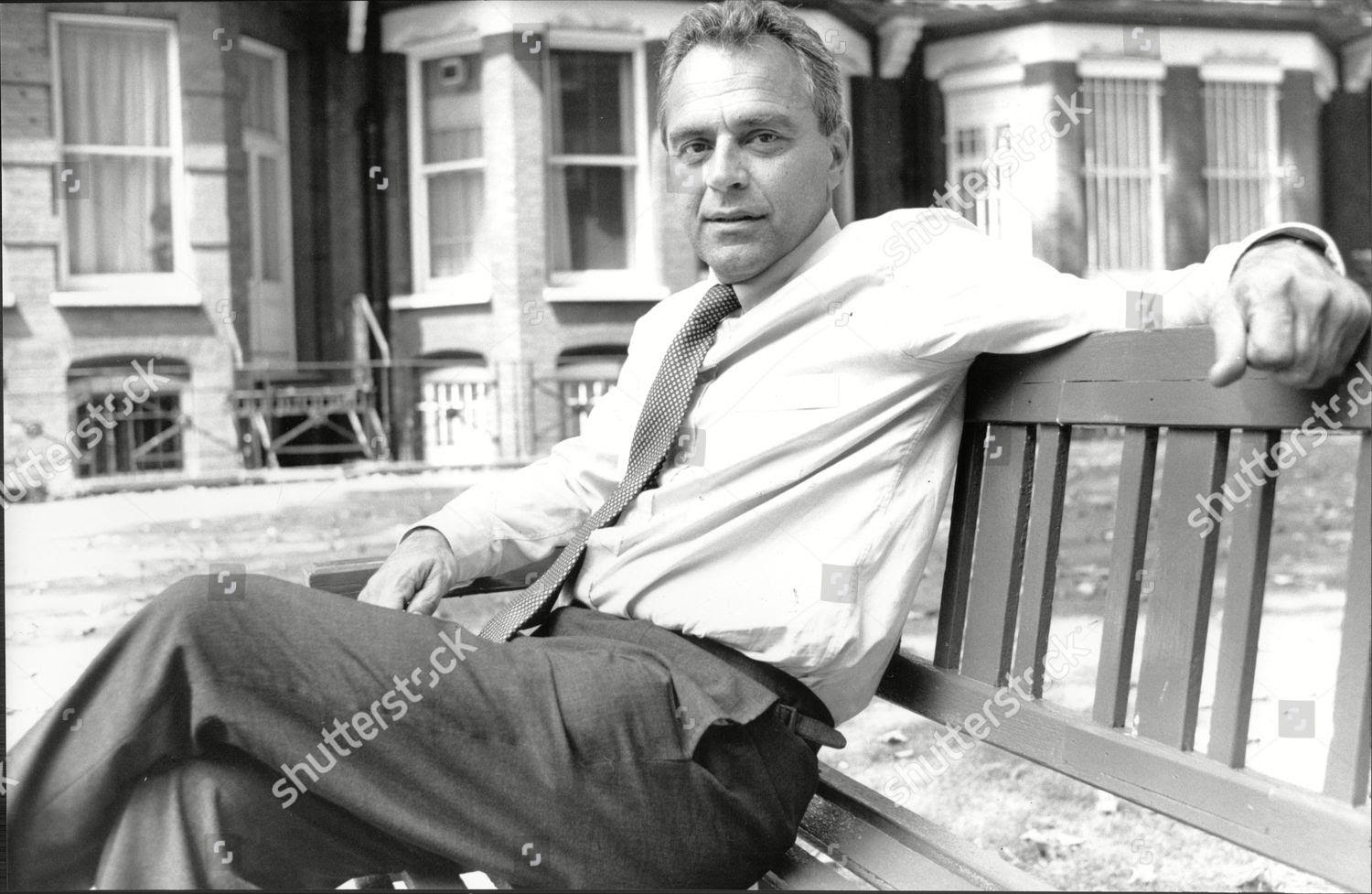
“The cliché “end of an era” is always used when a stalwart of a period passes away. I read it in most reports about Gunther Sachs’s suicide last week. The trouble is that Gunther’s era ended long ago, during the late Sixties, when the word “playboy” was considered a badge of honour among those of us who preferred playing rather than working.
It was a sleepy, unhurried, bygone age, yet most of the famous playboys died violently: Alfonso de Portago, a Spanish marquis of impeccable credentials, died at 27 driving his Ferrari in the Mille Miglia race in May 1957 in Italy. Prince Aly Khan, son of the Aga Khan, a diplomat, second husband of Rita Hayworth and a fabled seducer, died aged 49, driving his Lancia to a Paris party when he hit an oncoming car and was given le coup du lapin by his chauffeur, whom Aly had placed in the back seat.
The greatest playboy of them all, the Dominican diplomat and sportsman Porfirio Rubirosa, five-times married, husband of three of the world’s richest women and two of the most beautiful, died in the park of St Cloud near Paris, returning from a party following a polo game in which I had played. It was 5am and Rubi was driving a Ferrari at full speed. The date was July 6 1965 and he was 56 years old.
Juan Capuro, a South American diplomat perennially posted in Paris and a Don Juan sans pareil, as well as the best-looking man of his generation, died in 1966 driving a Porsche, after an all-nighter, needless to say. Prince Raimondo Lanza, a nephew of the great Giuseppe Tomasi di Lampedusa and the model for Prince Tancredi in Lampedusa’s elegiac lament for a lost Sicilian world, “The Leopard”, threw himself out of an Excelsior Hotel window in Rome in 1958, having ingested too much Bolivian marching powder.
There were others, of course, some of whom died in their beds, but most playboys of that elegant period did not reach the awkward age of 60. Gunther Sachs was 78, a ridiculously old age for a playboy, which he was par excellence. Gunther, who became the third husband of Brigitte Bardot two months after meeting her – he showered her home with thousands of roses from a helicopter the day after spotting her in a bar – modelled himself on Rubirosa when he arrived in Paris in 1957. They became fast friends – Gunther had the funds, Rubi had the connections and know-how – and proceeded to give non-stop parties such as I have never seen again.
That involved entertaining at home – Rubi had a beautiful country house just outside Paris, Gunther’s grand flat was on Avenue Foch – which meant an orchestra was always present, many beautiful young women and society swells. No freaks, no hookers, very few film people and even fewer gays. There were absolutely no drugs. It was booze, champagne, fine wines and more booze. Dinner jackets were mandatory, although an elegant suit was also acceptable. There were no formal invitations. Rubi and Gunther would get on the blower and a terrific party would take place that very evening. After all, no one of our group worked back then.
A typical Parisian day for Rubi and myself went as follows: we’d wake up around 9am (I lived in his house with him and his last wife, Odile), breakfast in his large garden, then box in his ring for 30 minutes or so, put on our boots and jodhpurs, drive into the Bois de Boulogne, where the polo club was located and work the ponies. Then we’d meet our wives or girlfriends, as the case may be, lunch with them and friends like Gunther, a de Ganay or two, or perhaps ale heir Mark Watney and the great Belgian tennis champion Philippe Washer, then drop the wives off to go shopping and more often than not we’d go over to Madame Claude’s, the most elegant and exclusive brothel in the City of Light.
Dinner time was party time, followed by a de rigueur visit to Jimmy’s, the Boulevard Montparnasse nightclub that lasted for 20 years and was the school for budding playboys. The next morning, however badly one felt, it would start all over again. But everyone was young, in good shape and recovery time was a sign of weakness.
I know it sounds like an empty life now, but back then it had an aesthetic appeal as well as a taste of depravity. Playboys were first and foremost gentlemen, machos excelling in dangerous sports and above all, ladies’ men. The F-word was never uttered in public places, women were treated as women should be and showing off was left to a few arrivistes who possessed neither class nor pedigree.
Unlike a number of today’s Arab kleptocrats and vulgar Russian oligarchs, no one escorted hookers, no one employed bodyguards and no one employed PR assistants. Today’s upwardly mobile, socially inept, vulgar types never would have mixed with, say, fabled playboys like the Roman Prince Filippo Orsini, the Brazilian Baby Pignatari, Count Jean de Beaumont or Porfirio Rubirosa, an adventurer like no other, but one who had innate good manners and chivalry.
Dado Ruspoli was an extremely handsome Roman prince who lived in his palazzo and was among the first post-war playboys to turn spiritual and try opium. He read a great deal, partied very hard, looked to the East for wisdom and never worked a day in his life. Yet he was as interesting a man to meet and exchange ideas with as any Oxbridge don I’ve ever met and I’ve met a few.
Being a great businessman does not necessarily make an interesting person and Dado, a very poor businessman, turned a great fortune into a small one. He had a saying, “physical details reveal the soul”. He adored physical beauty and thank God he is no longer with us to see the ravages of what has become of our sick celebrity culture – Jade Jagger and Tara Palmer Tomkinson as beauties? – our favourite watering spots now overrun by the grotesque Russian crooks, with their flashy hookers and their ill-gotten billions.
This disappeared life sounds frivolous today, but as a wise philosopher once said, “the superfluous is extremely necessary”. We were also superfluous then, but playboys added not only to the spirit of the times, they added glamour and gaiety and chivalry and were a hell of a lot of fun to be around. During the great balls given at the period, the Rothschild, Ruspoli, Agnelli, Weiller and Rochas balls, playboys were the most in demand. Ladies of high society were particularly drawn to them, but then ladies were really ladies. Little English lower-middle-class girlies like Anna Wintour and Tina Brown, had they been around, would never have come close to meeting them or even seeing them.
Now both ladies are considered arbiters of taste and society, in America at least, a bit of a grotesque joke if you ask me, but then, like all the best playboys, I’ve become a bit superfluous myself.
I have just come back after three weeks on board my boat, sailing around Ibiza, St Tropez and Sardinia. All I can say is never again during the high season. The reason is the Russkies. Let me explain.
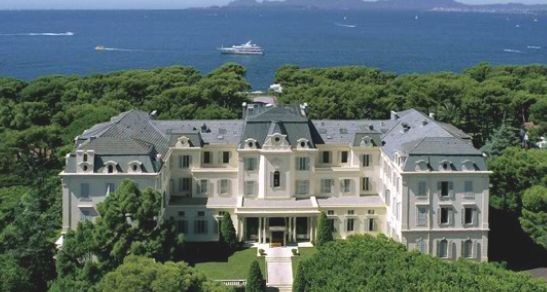
The once fabled Hotel du Cap d'Antibes (above), a place I grew up in is no longer viable. It is full of fat rude billionaires and young Natashas. There is no joy in the place, just forced, vulgar partying. Their megayachts are even worse. Humongous, refrigerator-on-steroids-like, they pollute and take up a lot of space and are as ugly as some of their owners. Champagne-sipping women in very high heels and bikinis decorate the decks and the behemoths make life in a marina as claustrophobic as being in jail. Bodyguards patrol the quays as if in the Gulag. The life aquatic ain't what it used to be, that's for sure.
So don't be fooled by the gold. Let's keep our souvenirs of the great Russians like Prince Romanoff, who lives here among us and let Courchevel, St Tropez and the Hotel du Cap enjoy the oligarch mayhem.
I don’t see democracy getting better. I see democracy diminishing. More rules, more legislation. Eventually governments will see everything."
The legend of Rubirosa, oysters, women and champagne. Porfirio Rubirosa was a man whose reputation far preceded him. In the 50s jet set, Rubi, as his friends called him, was the ultimate man’s man, with his polo, Ferraris and macho adventures.
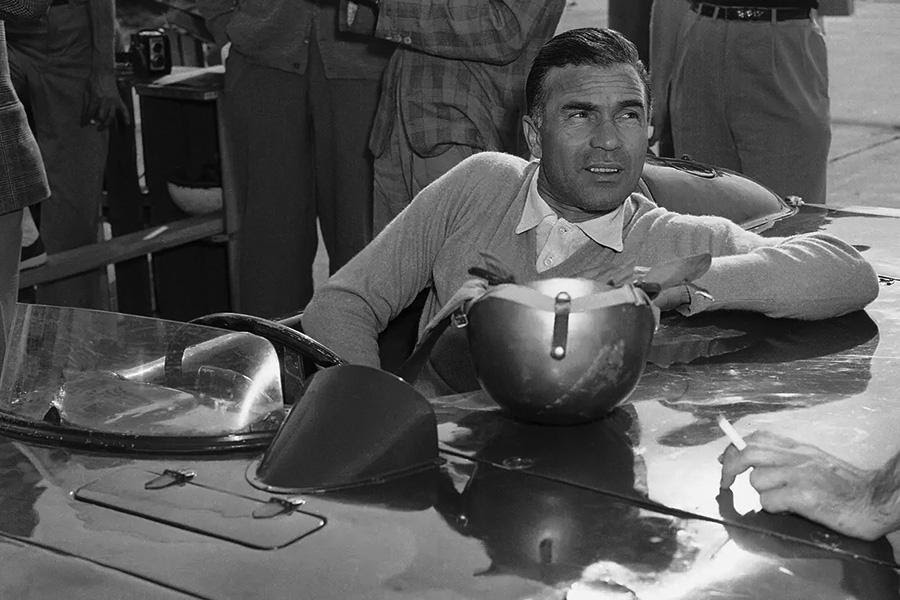
With women he was that damn charming and suave. He was fluent in 3 languages but conversant in 2 more. He even enjoyed the time when he was being chased by the FBI because they thought that he was some sort of a spy for the Dominican dictatorship due to his high-style life and mysteries. According to those FBI files, he was the muse for Ian Fleming to create the James Bond character. Think Errol Flynn in his prime with aspirations to a global scale of bedding women with million dollar bank accounts, partying with world leaders and enjoying the life of the rich and famous. He pulled it off in part because the dictator of the Dominican Republic titled him with "Inspector of Embassies" so he had travel and international access to any country. Diplomatic immunity too. Rubirosa said of himself: "the only things that interested me were sports, girls, adventures, celebrities - in short, life."
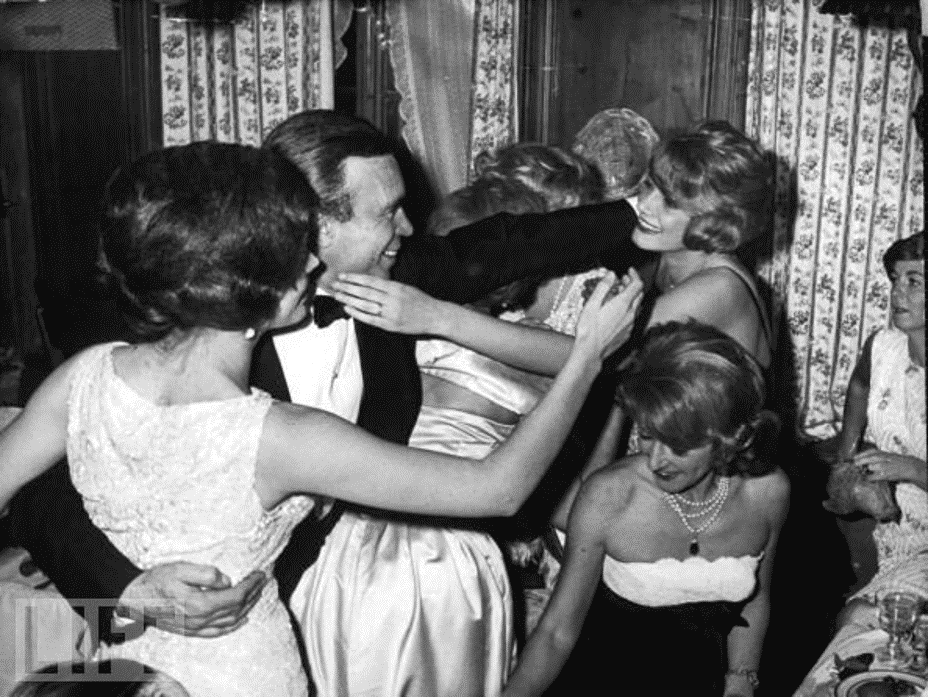
There are all the trappings to make him a legend: life, loves, adventures and tragic death. Mr. Levy, the author of "Rat pack confidential" and the film critic for The Portland Oregonian, makes a fairly convincing case that the Rubi magic came down to a combination of charm, mystique and, quite possibly, physical attributes, not limited to Rubi's darkly handsome features. His dress and his manners were impeccable, his appetite for women stupendous. He preferred that they be rich and beautiful, but in a pinch, anything with curves would do: the hat-check girl, a waitress, a low-rent prostitute. He was unstoppable. "He wraps his charm around your shoulders like a Russian sable coat," the gossip columnist Hedda Hopper wrote.
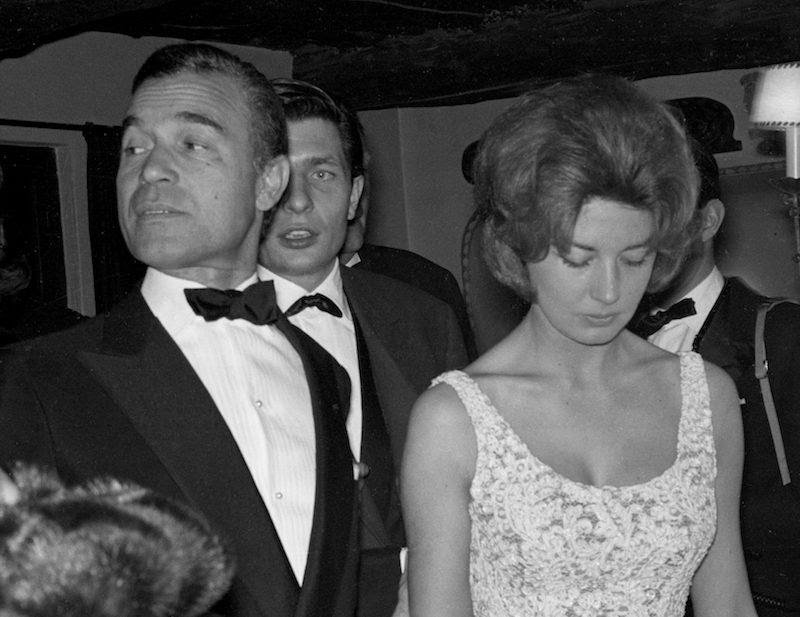
Born of little money, he globetrotted as a diplomat. His charm, one writer said at the time, consisted of “courtly manners, cosmopolitan savoir-faire, unconscious ruthlessness and arrogance and a reputation as a man of mystery.” Our kind of a guy. Porfirio was a style icon – a man of distinct taste and creativity.
Aside from his bedroom exploits, the quintessential Latin Lover was best known for his car racing—notably, his Ferraris. He competed at Le Mans twice, Sebring in Florida numerous times, Reims in France and the treacherous Carrera Panamericana in Mexico. Rubi-owned Ferraris are still out there and they fetch a bundle. (Nicolas Cage recently owned one, before selling it to a collector in Chicago).
In life Porfirio played polo, piloted B-25 bombers, raced Ferraris and hunted for sunken treasure in the Caribbean. The inspiration for the romantic hero in the 1966 Harold Robbins potboiler, “The Adventurers”, “he was the ultimate man’s man,” says banker Gerard Bonnet, a polo-playing friend from Paris. “Everyone wanted his style of macho. He believed in the bond of male friendship. All the men I know loved Rubi. The ones who didn’t were jealous of him.”
But it was Rubi’s success with the fair sex that made him a legend, the notorious sexual prowess with women. He was widely seen to be in the same class as Don Juan and Casanova. “Let us have wine and women, mirth and laughter, sermons and soda water the day after.” This was the motto of Byron’s Don Juan, but it applies just as well to his twentieth-century reincarnation Porfirio Rubirosa – the last of the international playboys. He was also a businessmen, powerhouse and apparently ferocious lover. Despite being married five times, he still found time to bed the likes of an endless parade of beautiful women such as Marilyn Monroe, Barbara Hutton, Doris Duke, Zsa Zsa Gabor, Rita Hayworth, Veronica Lake, Kim Novak, Dolores Del Rio, Eartha Kitt, Ava Gardner and Jayne Mansfield, amongst hundreds of others; the full tally, though, will never be known. One friend sheepishly confirms that Rubi slept with “thousands of women” while living in Paris in the 1950s and 60s. And had the physical endowment that enslaved them. Taki Theodoracopulos recalls that when Rubi got drunk he would take out his guitar and sing, “I’m just a gigolo.”
Johnny Galliher, an acquaintance from Paris, believes that self-assessment was half true: “Rubi was half playboy, half gigolo.”
“We never spoke about girls,” says Claude Terrail, the owner of the four-star restaurant La Tour d’Argent in Paris and one of Rubi’s closest friends. “He was a gentleman and a gentleman who has a lot of success with girls keeps his big mouth shut. Never speak about what happened. Everyone should learn that lesson.”
“You have to remember that in the 1950s,” says Taki, “it was much more of a man’s world. You went to a men’s club, you played sports with just men. Women weren’t taken as seriously and you didn’t see them during the day. They were more for night, as sex objects.”
“Porfirio, Porfirio, what do you do to women?”, you hummed in the 60s. The question is legitimate, since the secret of his success remains a mystery. Aesthetically he wasn’t that great. But he must have had something if he only had to raise an eyebrow to get all the women into bed and marry all the billionaires he wanted. Something that certainly disregarded his physical appearance. From the class point of view, there was nothing to say: flawless, dapper, perfect. Never a pleat, a hair out of place, an unbuttoned button. He was defined as the last specimen of an extinct breed, craftsman of seduction, practicing the profession that requires personal gifts and "manual skills", imagination, elegance, savoir faire, gallantry, salonist qualities, beautiful presence and, above all, good performance. There have been plenty of these characters in history, they were called “cicisbei”, then “dandies”. It seems that in him the playful side prevailed, a brazen boyish lightheartedness. His "era" ended on July 5, 1965 when, after a night of partying among cocktails of women and champagne, he crashed his flame red Ferrari against a tree. The same day, just 10 minutes before, the same reckless life, the same crazy race, only the car (a Porsche) was different, James Dean died. He too, like Dean, avoided old age, loneliness, oblivion and remained an icon, a "holy card" fastened with a pin on the bulletin board of burned lives. He was already marked by fate from the name: Porfirio Rubirosa evoked the most mysterious and exotic fantasies. He was an adventurer, a gigolo, a cheater, perhaps even a murderer. He was, in his view, "a master in the art of sucking life like an oyster".
Oscar Wilde said: "a man can be happy with any woman as long as he doesn't love her".
Rubi’s gallantry was unmatched. When he was around, an unlit cigarette never touched a woman’s lips. “If he was talking to an 80-year-old or a 4-year-old, the most beautiful woman in the world could walk in and he wouldn’t look at her,” says Mildred Ricart, a friend from the Dominican Republic whose husband, Jaime, had been in the foreign service with Rubi. “He made each woman feel that she was the most important thing in the world. There are a lot of men who are excellent in bed, but you can’t go out to dinner with them.”
Yet Rubi’s potent charm had as much to do with the former as the latter. Truman Capote, no firsthand authority on the matter, described Rubi’s principal endowment in his unfinished novel, “Answered Prayers”, as an “eleven-inch café-au-lait sinker as thick as a man’s wrist.” His lovers included (deep breath) Eva Peron, Tina Onassis, Joan Crawford, Queen Soraya of Iran, Contessa Nicola-Gambi of Italy, Countess Marita of Spain and Queen Alexandra of Yugoslavia. One friend joked he had “become a baron by a process of bedroom osmosis”. Seven-times married socialite Zsa Zsa Gabor, described by the New York Times as “a grandmaster at the sex-for-money chess game”, once called Rubi “a disease of the blood. I cannot be without him”.
Rubi’s constant state of erection earned him the nickname “Toujours Prêt”, which in English is the motto of the U.S. Coast Guard: “Always Ready.” As Hamlet advised Horatio on the futility of worrying about death: “we defy augury… the readiness is all.” When asked to compare Rubi’s member to a writer’s size-11 shoe, one of his paramours glanced at the shoe and merely shrugged. Rubi was bigger. Legend has it that Rubi could balance a table with his penis, but everyone interviewed said it was an apocryphal story told only after his death. One friend says, “it would be inconceivable that he would pull it out under a table or on top of a table. He was a gentleman. He never would even talk about his penis.” Rubi was apparently so endowed that Parisian restaurant owners began calling large pepper mills “Rubirosas”. Some still do.
He evidently had also mastered the finer points of sexual technique: once, at a Swiss hotel restaurant, as women flocked to his side seeking his autograph, a man asked Rubi point-blank for the secret of his success. Rubi answered, “if you are going to have a hot date, then jerk off in the afternoon so that it takes you longer at night. You’ll be a hero!”
Rubi was short, about five feet nine inches, and slim. While he did not possess matinee-idol good looks, “he exuded a sense of danger and romance and adventure,” says Taki’s wife, writer Alexandra Theodoracopulos. And he was Latin. Francesca Hilton, who lived with her mother Zsa Zsa Gabor when Rubi shared Gabor’s house in Beverly Hills in the mid-1950s, remembers that “even sitting in this elegant house, he would still prefer to eat nothing more than a big plate of rice and beans.” Although he wasn’t born to wealth, he never really held a full-time job. “Most men’s ambition is to save money,” Rubirosa once said. “Mine is to spend it.”
“Rubirosa was also an important figure in that as a Dominican he was able to navigate the waters of the international jet set. This was at a time when most Latin men were perceived as either dictators or Ricky Ricardo,” observes Julia Alvarez, whose 1994 book “In the time of the butterflies”, recalls the final days of Rafael Trujillo’s Dominican Republic dictatorship. Rubi’s rise (and fall) was inexorably linked with that of Generalissimo Trujillo, who has been characterized as a Caribbean Caesar. Trujillo not only assigned Rubirosa a string of diplomatic posts but also repeatedly bailed him out financially when Rubi was between heiresses. “While I can’t say I admire the culture of playboys,” says Alvarez, “Rubirosa did survive [politically] divorcing Trujillo’s daughter—I don’t think any of her other husbands ever got that.”
What could the most famous playboy of the 1900s and one of the most ruthless dictators in Latin America have in common? We could start from their origins: they were both Dominican, but this figure may not be of much importance. More relevant, instead, the passion for women, which Trujillo considered objects intended to satisfy his insatiable sexual appetite, while for Rubirosa they probably represented the only reason for living: even if he held diplomatic positions, Ruby in fact managed to maintain a very expensive tenor of life mainly thanks to relationships and marriages with very rich women. He considered them a real "full-time job" and sometimes he was calling himself a "gigolo". After the divorce from Flor De Oro for the countless betrayals of Porfirio (and also the beating, it seemed), anyone else would have run a serious life threatening, but not Rubi: he had relations with the whole international jet-set and ties with important politicians, very useful to the regime. But more importantly, he was a loyalist of the dictator. Trujillo acted as if nothing had happened and financed his expensive Parisian nightlife.
The wild life of a Trujillo agent & Ferrari racer. Porfirio Rubirosa was born January 22nd 1909 into a middle-class family in San Francisco de Macoris, Dominican Republic. His father, Pedro, was a general in the local government-backed militia and advanced to become a diplomat eventually being made chief of the Dominican embassy in Paris during 1915. He took his young son abroad with him. In Paris Rubi spent his teens and formed an early love of the high life, but he was sent back to the Caribbean when he failed the baccalaureate. When it came time to return home, in 1923, a wealthy Chilean family thought Rubi so charming that they begged his father to leave the young boy with them so that his Parisian upbringing might continue.
In 1926 Rubi left France and, aged 17, returned to the Dominican Republic where he studied law, played a lot of polo and enlisted in the military, in which he advanced rapidly becoming a captain at 20 and captain of the country’s polo team as well. He had no money of his own at this point. He spent weekends organizing boxing matches near the town square of Santo Domingo, charging two cents’ admission. When not tending the cashbox, he would sit shirtless on the curb, whistling at the pretty women who passed. Soon after Rubi’s return to the Dominican Republic, his country sank into political chaos. Its incompetent democratic government fell in 1930 to Colonel Trujillo in a coup. His army deposed the United States-led occupation that had been installed in 1916 to counter the risk of the nation defaulting on its foreign debts. Trujillo, a former guard in the sugarcane fields, had risen fast in the National Guard during the 1920s after being trained, ironically enough, by the U.S. Marines. On seizing power Trujillo launched a 31-year reign of terror as dictator, renaming Santo Domingo as Ciudad Trujillo and insisting that he be addressed as “Benefactor and Father of the New Fatherland.”
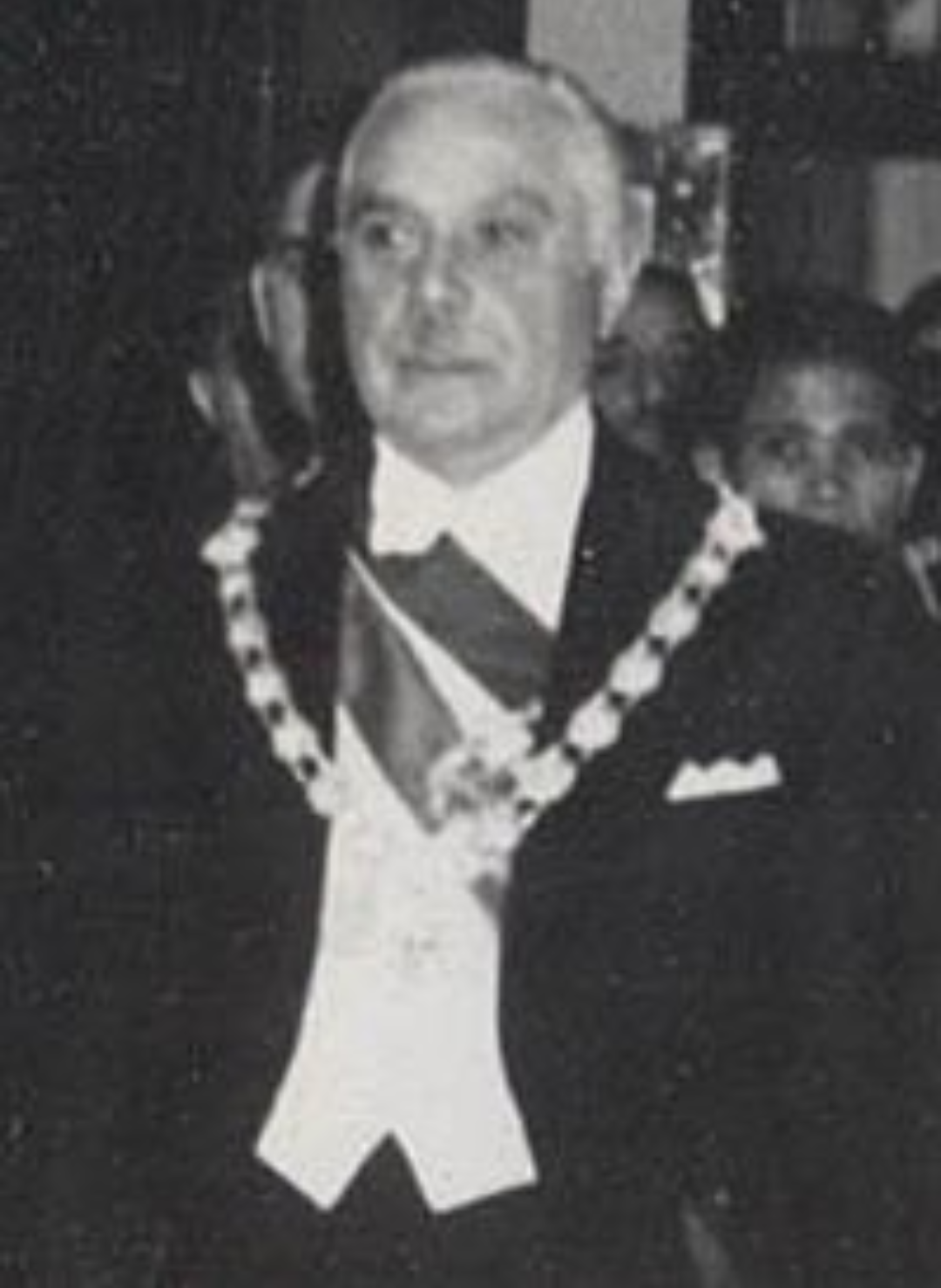
Rafael Trujillo
During a polo match in 1932, Trujillo took a liking to young Captain Rubirosa and the two spoke at the country club afterwards.
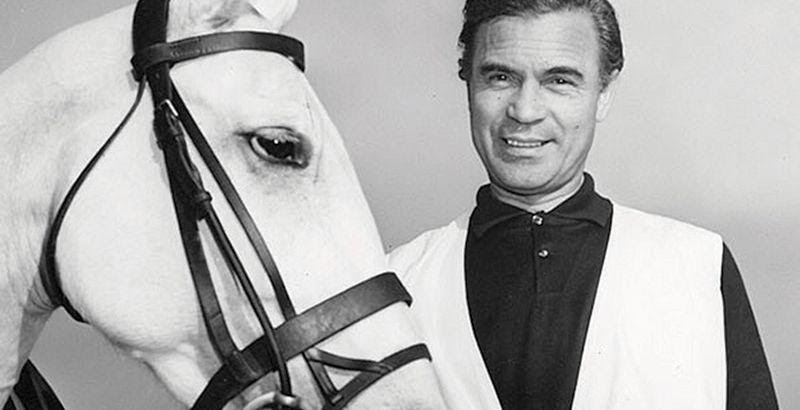
In Rubi’s memoirs, written during the 1960s but never finished, he recalled that Trujillo had asked him, “‘What are you doing with yourself?’ I said I was studying to be a lawyer, but Trujillo told me to come into the presidential guard instead. He had me fitted for a uniform, which I liked, because I knew that women would be attracted to the uniform.”
One of Rubi’s first assignments was to pick up at the airport Trujillo’s 17-year-old daughter, Flor de Oro (“Flower of Gold”), who was returning to the country after studying in France. Rubi struck up a conversation with her in French and the elegant young lady was instantly smitten. Flor de Oro invited him to a ball at the Presidential Palace and that night they danced every dance. This was unheard of in polite society and downright suicidal when the young lady in question was Trujillo’s daughter.
Trujillo was, in fact, enraged to learn of his daughter’s breach of etiquette and decommissioned Rubi, who went into hiding at his family’s coffee plantation. But, after eight days, Rubi grew restless. “It’s one of my fundamental principles: I would prefer risking everything instead of being bored,” he later wrote.
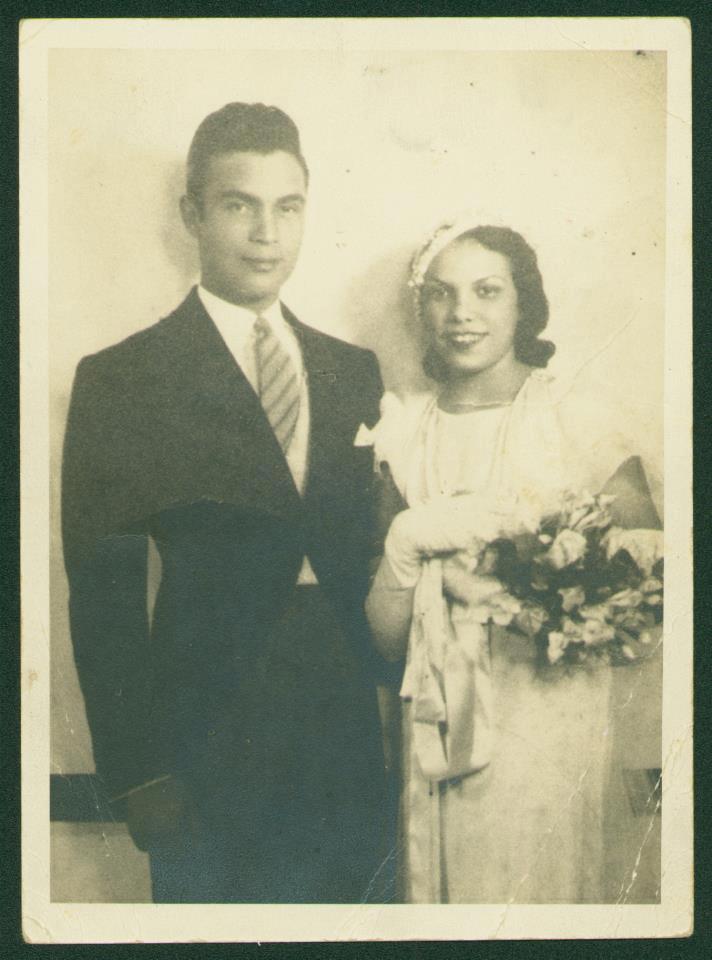
Flor de Oro sent one of her servants to the plantation to ask Rubi to appear at a certain phone booth at a certain time. There, Flor told Rubi that she had told her father she wanted to marry him (to overcome the resistance of the parent and wed her charming caballero, she was committed in an indefinite hunger strike) and, as Rubi somewhat immodestly recalled in his memoirs, “during those eight days [of my exile], the government had stopped governing and the country was paralyzed.”
At the phone booth Flor proposed to Rubi, and he accepted.
Before she died in 1975, Flor de Oro provided an audiotaped account of her life with Rubi to a friend, Maritza Quinones. In it, she described what had happened after the wedding: “we were brought to a bungalow on the grounds of the palace. I was still wearing my wedding dress so that my mother [who was not invited by Trujillo to the wedding] could see it before I lost my virginity. He took me to the nuptial bed. I was scared—this thing lurching at me! I was disgusted and … became afraid, running all over the house.” Flor said she was sore for a week after that first night.
Trujillo proclaimed the wedding day of Flor and Rubi a national holiday; three years later he dispatched Rubi to his first diplomatic post, in Berlin. “He’s an excellent diplomat,” exclaimed Trujillo to the press, “because women like him and because he is a liar.” Hitler was already in power, but Rubi was far more interested in meeting the local beauties. In his memoirs, he described encountering in a bar a woman who proved so entertaining that he did not return to the legation until six the following morning. Then he discovered a huge bouquet of red roses at his place at the breakfast table. The card commemorated “a night in which the sun never set.” Although Flor later recalled their Berlin sojourn as “the happiest time I remember,” she admitted that living with her husband was difficult.
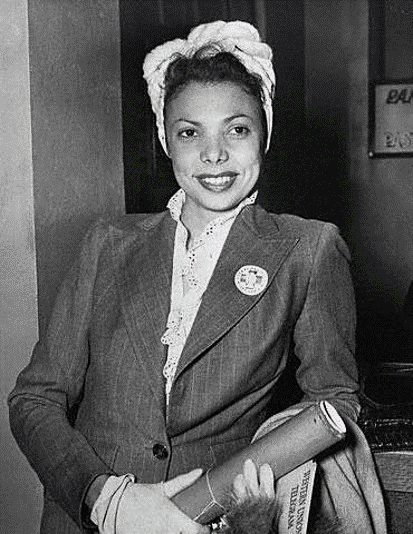
Rubi was transferred to the embassy in Paris in 1937 and Flor soon returned to her homeland. “He was living it up in Paris,” she recalled on the audiotape. “He was out every night and would come home at dawn, covered with lipstick. I was so jealous and, when I asked him where he was, he beat me.” After chastising her for marrying a playboy, her father granted a divorce and Flor proceeded to take eight more husbands. As charismatic and courteous as he was ruthless and parasitic, Rubirosa hotfooted it to Europe. Shawn Levy’s biography “The last playboy” suggests Porfirio spent his money for a nose job, handmade shoes, bespoke underpants shipped over from Jermyn Street and haircuts from the best barber in Paris.
For one year following, Rubi was unable to return to his country because Trujillo would have had him killed. Without Flor to bankroll him, he started selling Dominican visas to Jews wishing to flee Europe. Another scheme involved using his diplomatic passport for smuggling: a jeweler who had fled Spain when the civil war broke out asked Rubi to retrieve his store’s inventory.
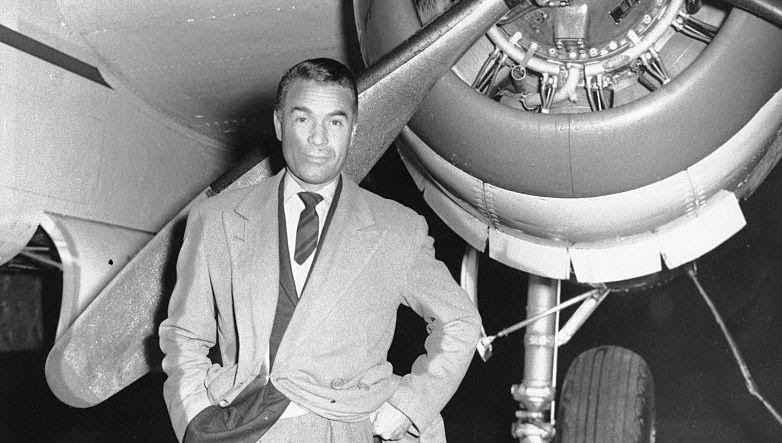
Returning from Madrid, Rubi concocted a wildly improbable story involving savage attacks by snipers—even though his car displayed not a single bullet hole. About $180.000 worth of jewelry was missing from the inventory.
One day, out of the blue, Trujillo telephoned Rubi as though nothing had transpired between them, informing Rubi that his wife and 10-year-old son, Ramfis, were coming to Paris and would require a tour guide. (The previous year, in a state of paternal exuberance, Trujillo had named the spoiled Ramfis a Dominican Army general.) Rubi proved so exceptional a guide that Trujillo himself followed the very next month to see the sights of Paris.
Rubi later wrote, “Trujillo wanted me to show him the most elegant places in Paris—without rice and beans. I took him to the restaurant in the Eiffel Tower and there was such a beautiful woman there selling postage stamps that Trujillo had sex with her, right there on the tower. A month later I was named Commercial Attaché to France.”
An employee of the embassy in Paris recently reviewed all the relevant files, only to conclude that Rubi did virtually no official work at all. But he did enjoy the nightlife at the Moulin Rouge and in the Latin Quarter’s seedy cabarets. In the autumn of 1940 he was invited by the Count de Limur to a cocktail party in honor of 23-year-old Danielle Darrieux, then France’s highest-paid movie star. At the end of the party, the host asked Rubi to drive Darrieux home because she and Rubi lived on the same street. As the two departed, a guest warned her, “careful, this man is dangerous.”
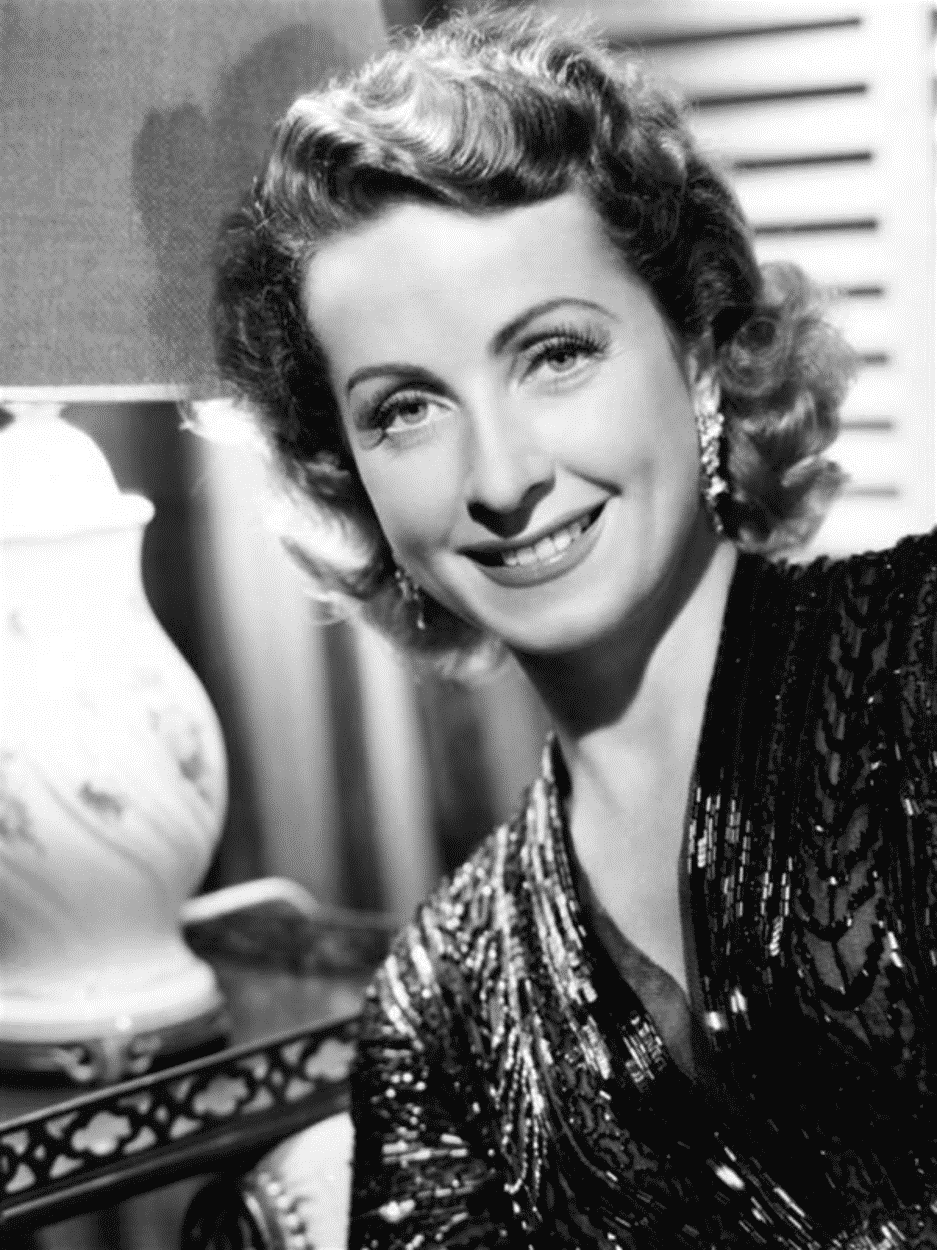
Danielle Darrieux
Of meeting the movie star, Rubi recalled, “it was like a spring has sprung. An internal voice told me, ‘caramba, how I like this woman.’ We dined together a couple of days later at Maxim’s and when we met next, we knew we would never be separated again. We decided to marry as soon as we were free.”
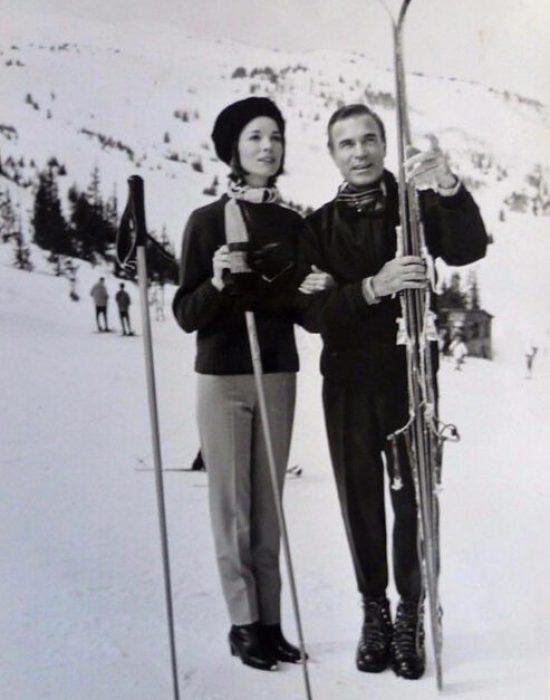
But before they could marry, Rubi was interned in a hotel at Bad Neuheim by the Vichy government. Luckily for him, the camp was next to a ski resort and he noted with delight in his memoirs that his five-month imprisonment meant he could spend all day working on his slalom. He and Darrieux were married in 1942. At the time, he was so little known that The New York Times mistakenly described him as a diplomat from San Salvador. (Darrieux, still living in France, refused all requests for interviews).
Notorious for her supposed Nazi sympathies, Darrieux became so unpopular that she and Rubi, in 1944, were ambushed by a French Resistance on the Boulevard Malesherbes in Paris, while driving in an open car. Three bullets hit Rubi, suspected of being a German agent, near his kidneys as he threw his body over Darrieux to protect her.
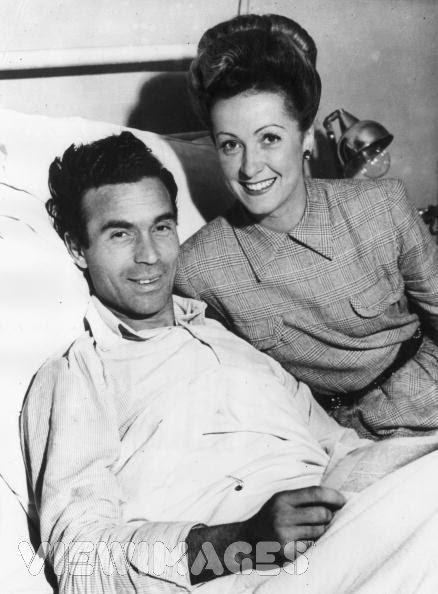
Soon afterward, the couple moved to Septeuil, 30 miles west of Paris, where they would live for the next few years. Rubi became a gentleman farmer, tending his cow, two pigs, and six sheep. He even learned to milk the cow. When guests visited the couple, they brought cognac and weapons.
All the while, Rubirosa pursued his side interests with zeal. "One woman is not enough for him," Darrieux complained to the press. "A man like him needs a harem."
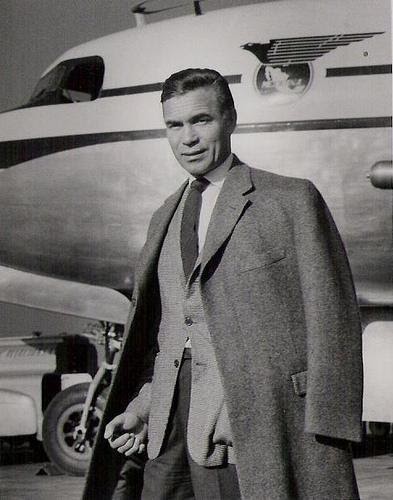
Following the war, Rubi was transferred to Italy by Trujillo. Darrieux, in between films, followed. The day after her arrival in Rome a journalist from Harper’s Bazaar went to their hotel suite to interview Darrieux. The reporter was Doris Duke, heiress to the $100 million American Tobacco fortune.
Rubi later remembered, “the three of us had breakfast, she [Duke] seemed lively, jovial, with that je ne sais quoi that American women can have. Little did I know that, a few months later, I would be completely controlled by her. Until then, I had been happy with Danielle. But at this moment, things started to change.” Rubi’s polo-playing friend Gerard Bonnet says that Duke sent Rubi a telegram following their first encounter: “when you are finished with Danielle, call me and I will come.” Rubi must have been encouraging, as Duke soon wrote again: “arriving immediately.”
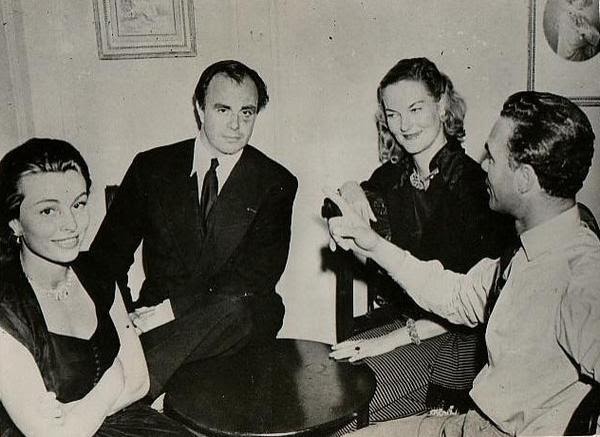
“She loved him, no question in my mind,” says Stephanie Mansfield, author of a 1992 biography of Duke, “The richest girl in the world”. “He was the only one who was genuine in his pursuit of her. He didn’t pretend to be anything but a gold digger or gigolo. There was no manipulation about it and with Rubi what you saw is what you got. Duke was in her mid-30s, the richest woman in the world but not that attractive and couldn’t have children. The love of her life, British M.P. Alec Cunningham-Reid, [had just left to serve] in the war. Here comes Rubi, the International Man of Mystery. Rubi was really a fuck-you to her [mother]. They had warned her about men being after the money.”
One friend remains perplexed to this day by Rubi’s interest in Duke: “she was ugly! Very rich, but ugly. But he was a gentleman—he would never say that.” It is rumored that Duke—who was used to paying for beautiful things—gave Darrieux $1 million to bow out of her marriage to Rubi. Duke’s friend Hélène Rochas says, “she could buy toys, but Rubi was not a toy. He was difficult to keep but it was a special deal.… He was more for pleasure, like a caprice, a whim.”
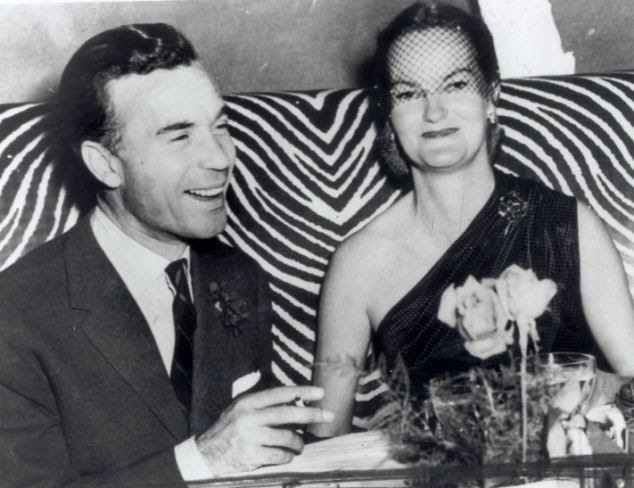
All memory of Danielle evaporated. Marriage number three took place at the Dominican Embassy in Paris on September 1, 1947, about a year after their first meeting and made worldwide headlines (“Doris Duke weds smoking Latin”). At nearly six feet, the bride was three inches taller than the groom. She wore a green Dior suit with a matching velvet hat and he a smoking jacket with charcoal-gray pin-striped trousers. He seemed jovial, until two men from Duke’s law firm, Coudert Frères, arrived bearing a prenuptial agreement. Rubi got drunk enough to sign it, then either fainted or passed out following the ceremony. As Duke later delighted in telling friends, “big boy passed out in my arms.”
Despite the prenuptial agreement, Rubirosa did well financially in the marriage. Presents from his wife included a check for $500.000, a stable of polo ponies, several sports cars, a converted B-25 bomber for his private plane and a three-story 17th-century hôtel particulier in Paris. The first two floors of the town house were decorated with Louis XV and XVI pieces selected by Duke’s decorator, Henri Samuel. On the top floor, where the servants’ quarters had been, Rubi put in a regulation-size boxing ring and a full bar. At around four each morning, a trio of guitarists from the Calvados nightclub would pack up and follow Rubi home. They would set up their instruments inside the ring and the party would continue. Victor, Rubi’s butler, would serve beer, scotch, and tortilla omelets.
Obviously impressed with his former son-in-law’s new wife, Trujillo offered Rubirosa the pick of any ambassadorship. For Rubi manipulated world leaders with the same Machiavellian aplomb as he hypnotised women. He chose Argentina, mainly for the polo and in 1948 presented his credentials to President Juan Perón. The late Ramfis Trujillo Jr., grandson of the Dominican dictator, recalled that at the time “Juan Perón was thought to be a center-right dictator in the mold of Franco. Rubi was sent to find out what that meant for the Dominican Republic. My grandfather assumed he’d find out whatever he needed, whatever it takes, even if it meant sleeping with Evita.”
Duke hated living in Latin America, however, and soon returned to Paris. “While Doris fell in love with Rubi, he didn’t want to be the man of just one woman,” observes Mansfield. “And she was not easy. She wanted Rubi to be there always, like a slave. But he wanted to do as he pleased. And she knew this before she married him.”
The final straw came when Duke caught Rubi in flagrante delicto with his former wife Flor de Oro. Soon after, Rubi later recalled, “there was a new lunch guest. By his looks and his briefcase, he immediately revealed his identity—an attorney. Three minutes later, we signed an agreement.” The marriage had lasted less than two years.
Rubi wrote in his memoirs that, while Duke left the house and returned to the U.S., “this was so stupid, because we did not want to be separated. For the next year, all we did was reunite, break, reunite, in the back of airplanes, in between the United States and Europe.” Duke gave him the Paris house and all of its contents and agreed to pay alimony of $25.000 a year until he remarried.
Claude Terrail later asked Rubi why he had married Duke. “What I did,” Rubi said, “is better than most people do—they go out with a girl from a good family, they take all her money and then they leave her. The difference with me is that I marry her, give her the best time in all the world and when I leave her, she is richer than ever before.”
Socialite C. Z. Guest, a longtime friend of Duke’s, says that the heiress never said a bad word about Rubi, ever. And when Duke died in New Jersey in 1993, next to her bed were only two framed photographs, one of her boyfriend, Louis Broomfield, the other of Rubi.
Rubi soon returned to his old job in Paris at the Dominican Embassy. He had come away with some money from the marriage to Duke but his fever for an easy stake overruled his better judgment in business ventures. In the summer of 1952 he received a call from a mysterious man named Alexandre Korganoff, who told him about sunken treasure off the coast of the Dominican Republic. Porfirio flew to Santo Domingo while a crew, hastily assembled for the expedition, crossed the Atlantic aboard a ship called the “Re”. The choice of the crew was disastrous; within a week of their arrival they were arrested for drunken behavior and mutiny. Managing to get them out of prison, Rubi sailed with them in search of the treasure but a storm hit suddenly and the Re suffered heavy damage. On its way to a dry dock for repairs, there was another storm and the ship sank, costing Rubirosa about $250.000.
Fortunately for him, Porfirio never really needed to work so long as he remained in Trujillo’s good graces. “He was like a son to him, even more so than my own father,” recalled Ramfis Trujillo Jr., “and so my grandfather would just send him a blank check whenever Rubi needed it. He was the best public relations money could buy for the regime and the only condition for the money was that Rubi fly the Dominican colours whenever he had a party.”
On a typical day, Rubi awoke at noon. After coffee, he would go to the Bagatelle Polo Club in the Bois de Boulogne to exercise his ponies until six. A friend from Santo Domingo, Kahlil Heche, says, “Rubi was the only one who played polo wearing a jacket and a scarf. He protected his skin with honey; he took better care of himself than a woman.”
Terrail recalls that, after polo, Rubi and his friends would begin drinking. Rubirosa could usually finish off a bottle of scotch by himself. “By two in the morning, what Rubi called the “petit cochon” [little pig], the little animal that sleeps inside every man’s brain, would awake and then it was time for the women,” says Terrail. “He did not need to say anything to the woman, he merely danced with her. That said it all.”
Jimmy’s disco in Paris, owned by the legendary Régine, was Rubi’s preferred haunt. “When he came in, everything changed, like magic,” remembers Régine. “All of a sudden, the women were on fire. It was everything—his eyes, his hair. He never went running after the women, the women were throwing themselves at him. They would even pull him into the ladies’ room. He was a victim, not a gigolo.”
“He liked women who were rather plump, the way they were in the Dominican Republic,” Terrail adds. “But usually it was just for five minutes behind the bar or down in the wine cellar. He’d say to the woman, ‘come on, let’s do it and just forget about it in the morning.’”
“He had one of the best qualities for any lover: time,” says designer Oleg Cassini. “Since he didn’t work, he could control his time. He would go out, then stay in bed for the next whole day. He had a saying, ‘one night out, one night in.’”
Even now the women who knew Rubi in the 1950s cannot forget his charm. Heche remembers that Rubi’s calling card was a single rose, which he always sent after meeting a woman, along with a card that read, “a la mas bella de las mujeres” (“to the most beautiful of women”). “He was astute,” says Heche. “He would only send one rose.”
In 1953 and 1954, Rubi reached his zenith as a sexual adventurer. He was named a co-respondent when Robert Sweeny Jr., a golf champ and member of society, sued his wife, Joanne, for divorce. Rubi pursued another affair, with Marianne Reynolds, a former actress who was unhappily married to tobacco king R. J. Reynolds Jr. Wherever the Reynolds yacht docked, Rubirosa showed up. Patrick Reynolds, now an anti-smoking activist, believes that Rubi never really meant that much to his mother and he asked her before she died why she had had an affair with him. “I was standing on the deck of one of the largest boats in the world, wearing a beautiful designer gown and some of the world’s best jewelry,” Marianne Reynolds told her son on her deathbed. “But I was a prisoner on that yacht because every night by five your father had passed out. And when Rubi kept calling me, asking me to dinner and the casino, by God I went.”

Reynolds says his mother told him the affair was consummated in Paris and lasted just long enough for his father to hire a detective and catch the couple in the act. Walter Winchell reported the affair and Patrick believes that “naming Rubi saved my father a couple of million bucks in the settlement.”
In 1953, in an elevator at New York’s Plaza hotel, Rubi ran into Zsa Zsa Gabor, fresh off the success of John Huston’s “Moulin Rouge”. They exchanged pleasantries and she went to her room for a nap.
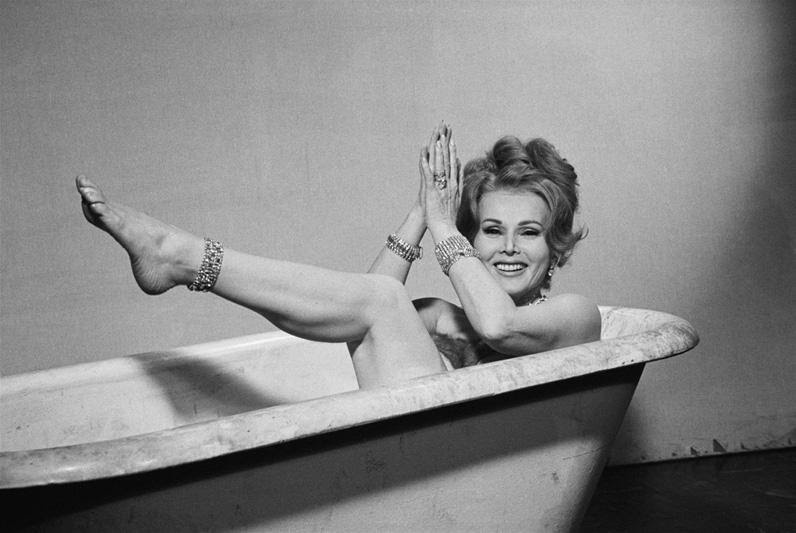
His habit of sending a single rose notwithstanding, when Gabor awoke, her room was filled with flowers and the card read, “Don Porfirio Rubirosa, Minister Plenipotentiary of the Dominican Republic,” plus the magic words “to the most beautiful of women.”
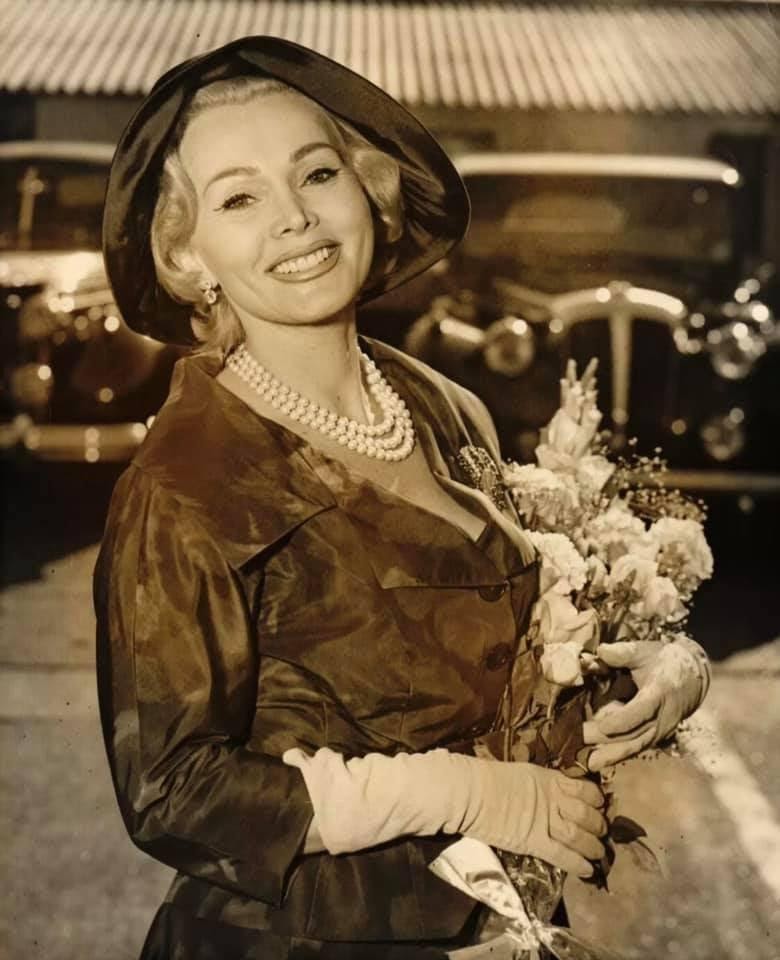
That night, in the Oak Bar, Gabor saw “his dark eyes on me. He moved closer, but did not touch me. A terrific magnetism emanated from this man, silent and restrained.” For the next few months, he showered her with phone calls, flowers and telegrams, never minding that she was already married to the actor George Sanders.
“We were like two children,” Gabor wrote in her 1991 autobiography, “One lifetime is not enough”, “pleasure-seeking, hedonistic, perhaps spoiled and selfish. . . We were too greedy for life and too greedy for each other.”
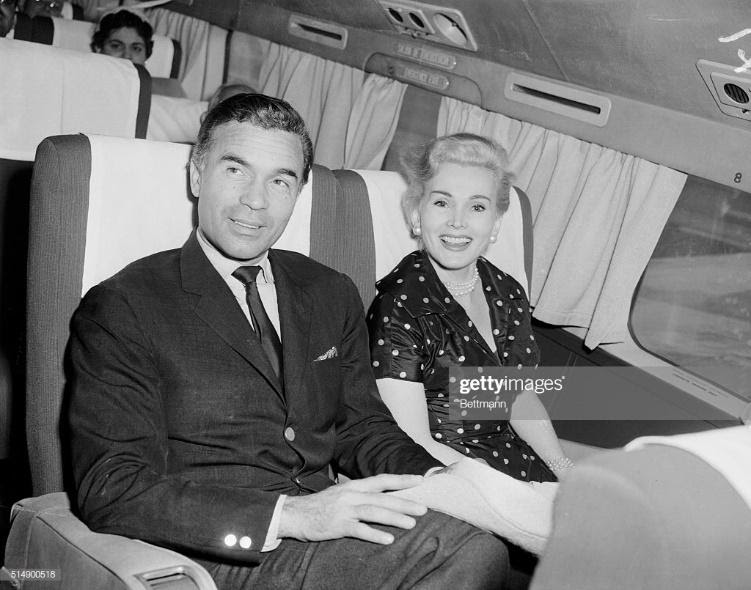
Gabor eventually moved in with Rubi in Paris. “He really loved my mother and wanted to marry her,” says Gabor’s daughter, Francesca Hilton. “He was also insanely jealous and he had this mentality [with my mother] of ‘you are mine. I own you.’”
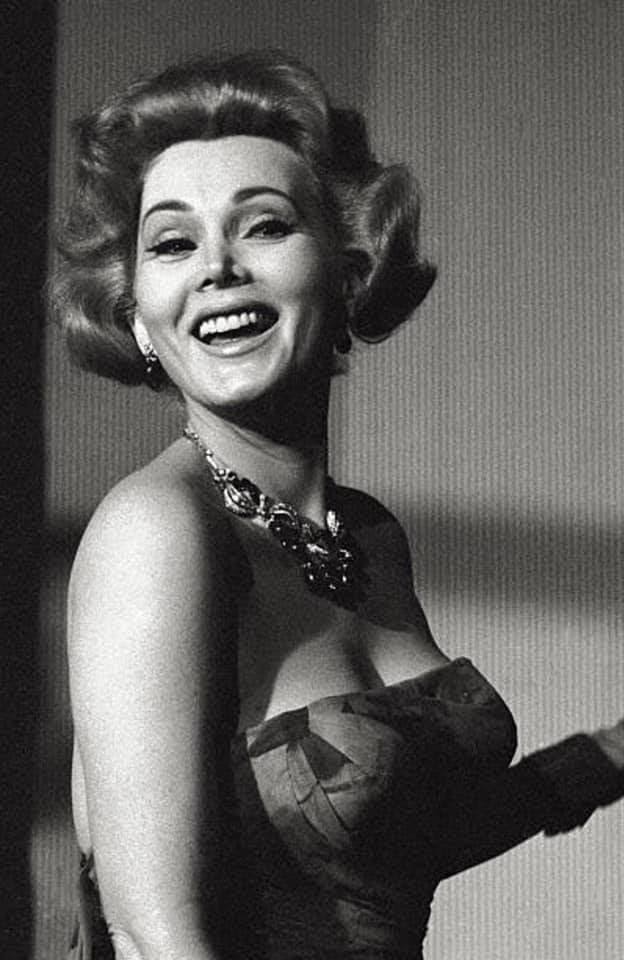
Eventually, Sanders filed for divorce. Rubi followed Gabor to the Last Frontier Hotel in Las Vegas, where she was performing and gave her an ultimatum to marry him but she remained torn by her feelings for Sanders. Angered by her response, Rubi hit her. Gabor showed up at rehearsal the following morning wearing an eye patch and announced to reporters that she had jilted him, adding, improbably, “the fact that he hit me proves that he loves me. A woman who has never been hit by a man has never been loved.”
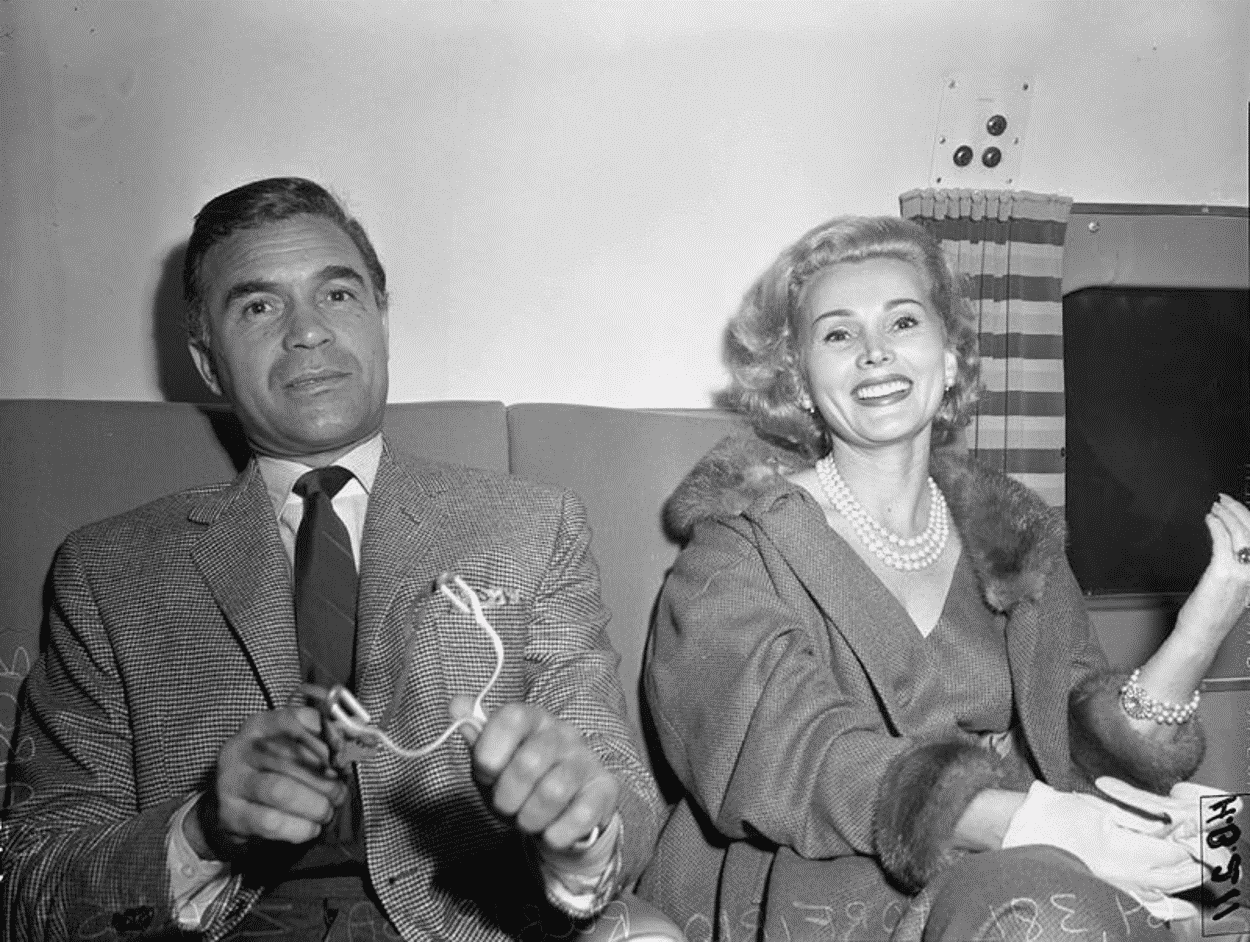
“An international playboy does not make a good husband. Sorry she wasted any time on him. She was too good for him”, a friend of Zsa Zsa Gabor said.
While playing polo in Deauville and with Gabor still in the picture, Rubi met 40-year-old Barbara Hutton, granddaughter of F. W. Woolworth and third wife of Cary Grant.
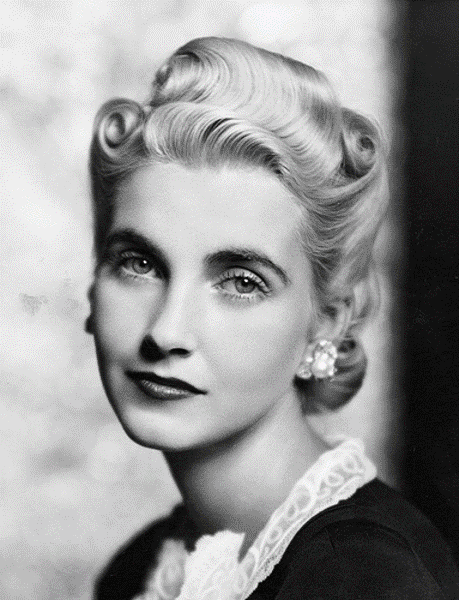
He serenaded her with a band outside her room. Already married four times, Hutton had lost her sleek, youthful looks and figure and had turned gaunt and hollow. That mattered not at all to Rubi, who wrote in his memoirs that he found Hutton to be a “frail beauty, someone who was smart, cultivated, sensible and whose company I enjoyed more and more.” Mildred Ricart recalls things differently: “Barbara called him when he was at the bar in the Jaragua Hotel in Santo Domingo. She said, ‘you married Doris, now it’s my turn.’ Rubi had just admitted to us that he was broke, so he said to Barbara on the phone, ‘O.K., you set the date.’”
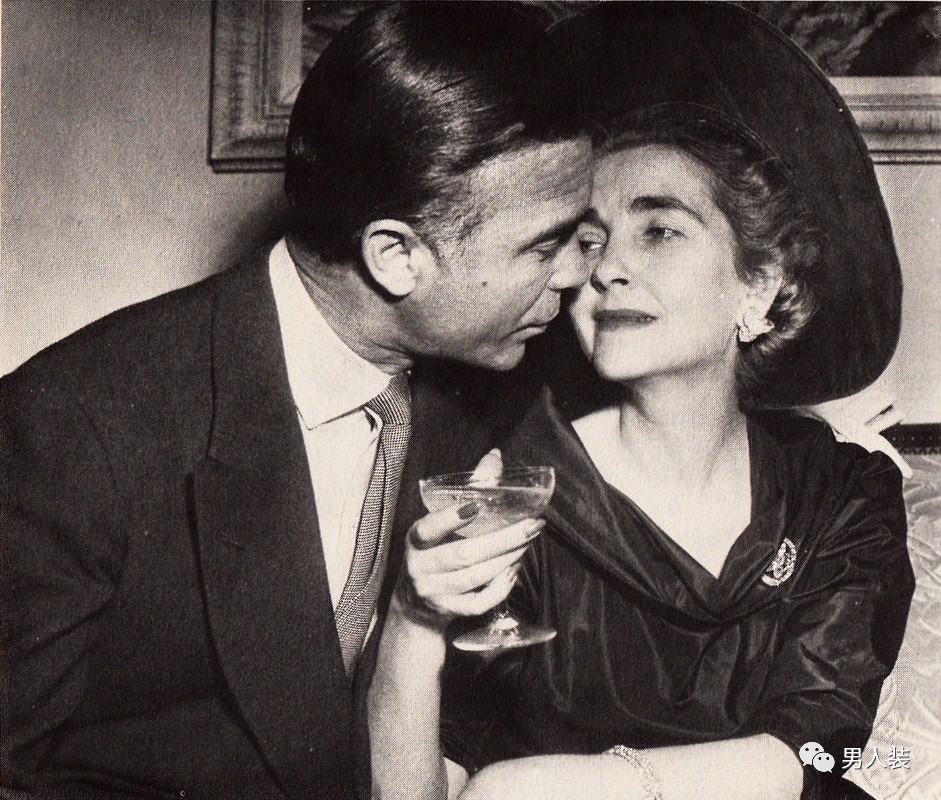
Hutton biographer C. David Heymann says, “I think that at this part of her life this was the beginning of her true insanity. She was hooked on everything, she looked terrible and had gone through a mental collapse. Even though Barbara was friends with Doris, there was a kind of rivalry. By marrying Rubi, she was trying to outdo Doris. And for Rubi it was simply a business arrangement.”
The two decided to tie the knot at the Dominican consul’s residence in New York and all seemed fine until the day of the wedding. Rubi wrote, “when I went to the Pierre to get Barbara, there were hundreds of newspaper photographers and reporters. As Barbara was coming down the stairs of the Pierre, she was shaking.”
The couple held an impromptu press conference and Hutton’s voice was taut: “you would think that sometimes people would just believe I’m getting married because he sees something in me. But they always think it’s the money. I have loved him ever since I met him.” Rubi wore the same dark jacket for the ceremony that he’d worn at his wedding with Duke but this time the bride wore black and carried a scotch-and-soda down the aisle. As the Dominican consul read aloud the marriage contract in Spanish, Hutton gently took Rubirosa’s hand and placed his arm around her waist. After the contract was signed, Mrs. Rubirosa asked her new husband, “aren’t you going to kiss me now?”
“See how unhappy they look?” Zsa Zsa Gabor told newspaper reporters at the time as she triumphantly waved the wedding photos. “I give them six months. In a couple of weeks, this man will be after me again.”
The newlyweds chartered an 86-seat jet for just the two of them and flew to Palm Beach for their honeymoon. Recalls Ricart, “Barbara bought Rubi the biggest coffee plantation in the Dominican Republic, the biggest aside from Trujillo’s farm. She also paid for 40 suits, 20 pairs of shoes, eight polo ponies and an airplane, the exact model that Doris bought him [which he had crashed just a year after their marriage, but even more luxuriously appointed]. Barbara also gave him $2.5 million in cash. But he still was not happy.” Rubi later wrote, “the villa where we were staying became a clinic. Barbara did not follow her medical treatments. There was no honeymoon.”
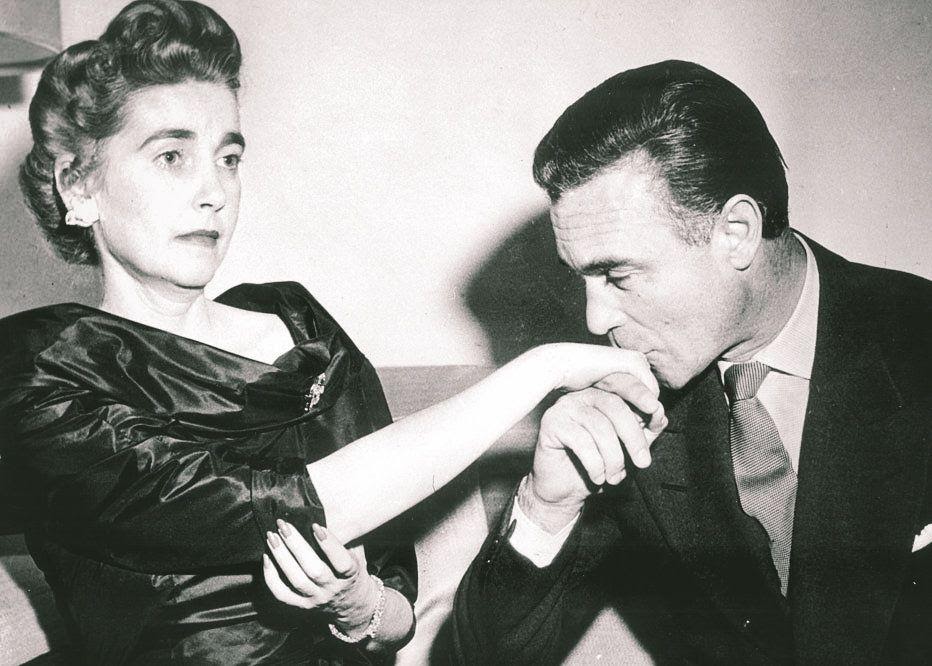
Edith Rosenberg, a friend of Hutton’s, whose husband, Leland, was Hutton’s business manager, remembers that Rubi was not a stay-at-home spouse: “I think he just walked away. She would fall, half the time could hardly walk. He took off a few days after their honeymoon. He wasn’t going to be cooped up with the windows closed and the blinds drawn.”
“One never saw him during the day, only at nightclubs,” says socialite Brownie McLean of Palm Beach. After just two weeks of marriage, Hutton moved to her aunt Marjorie Merriweather Post’s house in Palm Beach and, after 53 days, the marriage was over. It seemed that Ruby slept with a showgirl on their wedding night so Barbara soon left him. “For all the gifts and money he got,” says Heymann, “Rubi cost her $66,000 a day.” And Rubi complained to reporters at the time, “I was a bachelor before marrying Barbara and very happy. But [the marriage] was no good. She stays in bed and reads all day. It’s a very boring life.”
Rubi flew his new plane west to win Gabor back, with plenty of pocket money. “He decided that he wanted to become an actor and I really think he was a big talent,” says Gabor today. The movie they chose as a vehicle to introduce him was called “Western Affair”. It was set in Deadwood Gulch, South Dakota, at the turn of the century and Rubi was to play Don Castillo, the owner of one bar and Gabor a French girl, the owner of a rival bar. The movie featured all the things Rubi loved best—boxing, shooting, horseback riding and romance. He gave up his late nights and took acting lessons. Every afternoon he practiced the quick draw. Shortly after production started, though, the Immigration and Naturalization Service denied him permission to be in the movie, saying he had no previous acting experience. The film was never completed.
Francesca Hilton says that Rubi was like an uncle, if not a father, to her. “He loved taking me to the magic shop in Beverly Hills. He loved things like peashooters, dog-doo pieces made of rubber and he loved racing his Ferrari 100 miles an hour around the curves on Sunset Boulevard. He was like a big kid!”
When Rubi returned to Paris in 1956, everything changed. That May, at a polo match in Deauville, he met 17-year-old Odile Rodin, an aspiring actress who had just appeared on the cover of “Paris Match”. Rubi later wrote, “I fell in love with her the first moment I saw her. She was young, fresh, so beautiful and again, a certain mysteriousness.”

Rodin, who had no idea of Rubi’s notoriety, mentioned the encounter to her mother, a teacher in Lyons. “My mother,” she says, “forbade me to go out with him and warned me that he was dangerous.” But her mother’s stance softened, she recalls, “after she danced just one slow dance with him.”
That summer Rodin was staying on the Riviera with industrialist Paul-Louis Weiller. Having decided to take Weiller’s Rolls-Royce and driver into Saint-Tropez, she recalls, “I told my host that I would be back by dinner.” But at the bar she met a friend who had motored over by boat and said he was staying with Rubi in Saint-Jean-Cap-Ferrat with the Dubonnets (the wine kings). Odile sent the car and driver back to the Weillers and jumped into the Chris-Craft. Her trip by boat through choppy waters left her drenched. Since she was wearing nothing more than a bikini top and white short-shorts, it didn’t matter much. “When we got to the house, I made quite an entrance for Rubi,” she says. “I must have looked like Ursula Andress! Rubi was thrilled and the first thing he did was call Weiller and say that I won’t be there for dinner. Three days later, the Dubonnets sent their Rolls-Royce to the Weillers to pick up the rest of my clothes.”
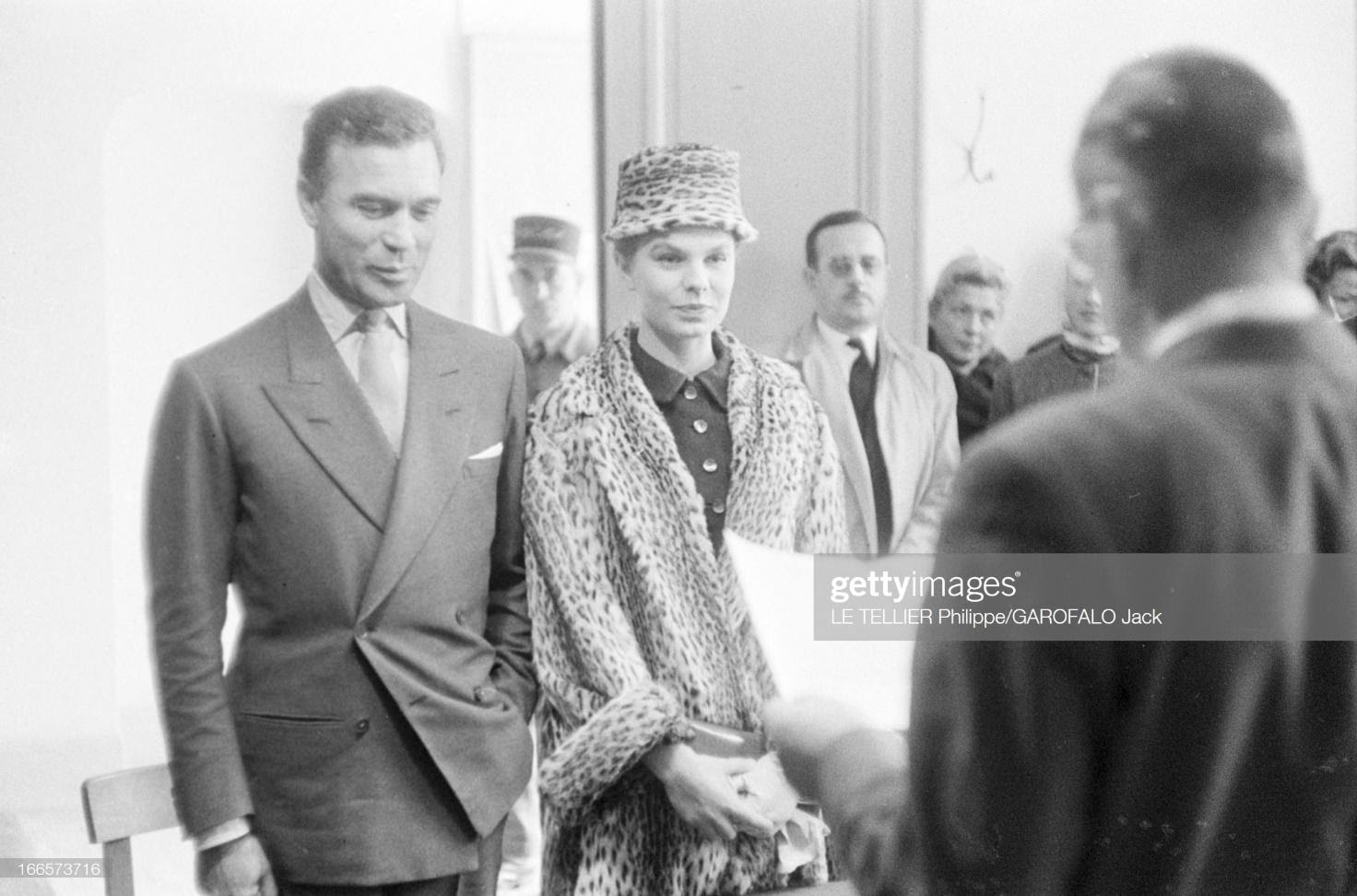
Rubi and Rodin returned to Paris at summer’s end and were married that October. “Just as we were about to get in the car to go to the church, Zsa Zsa Gabor called Rubi,” says Rodin. “I don’t think she had any idea that she was catching him just as he was about to get married.”
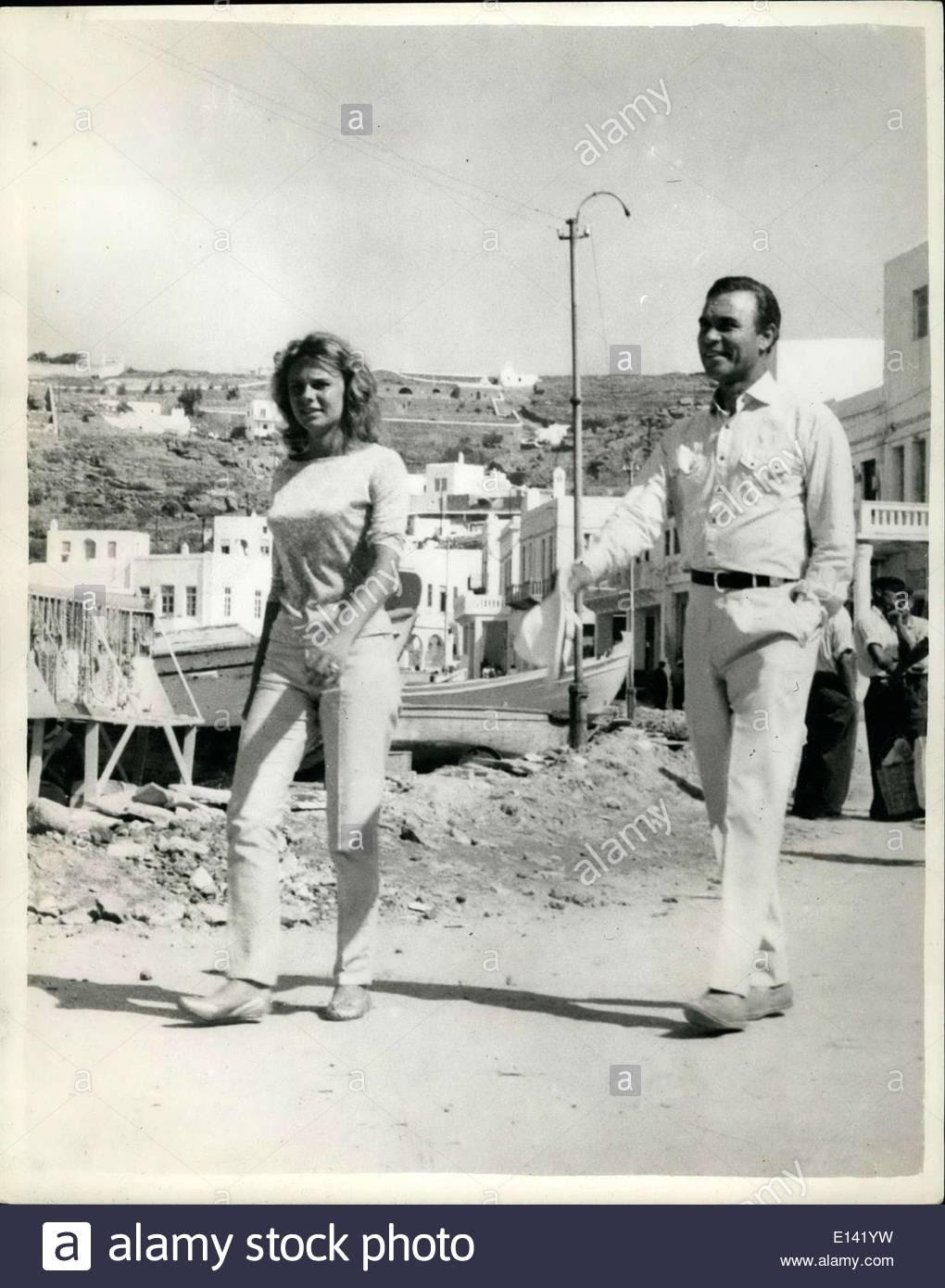
Rubirosa arrived with his young wife at the Greek Island of Mykonos in his yacht. They stayed two days before sailing back to Italy.
At 47, his body slowing down, Rubi then met his fifth and final wife, of whom he said: “all my life I’ve controlled women. Every woman I’ve ever met, except this one. She is under my skin”. Despite the 31-year age difference, Rubi and Rodin were a happy couple.
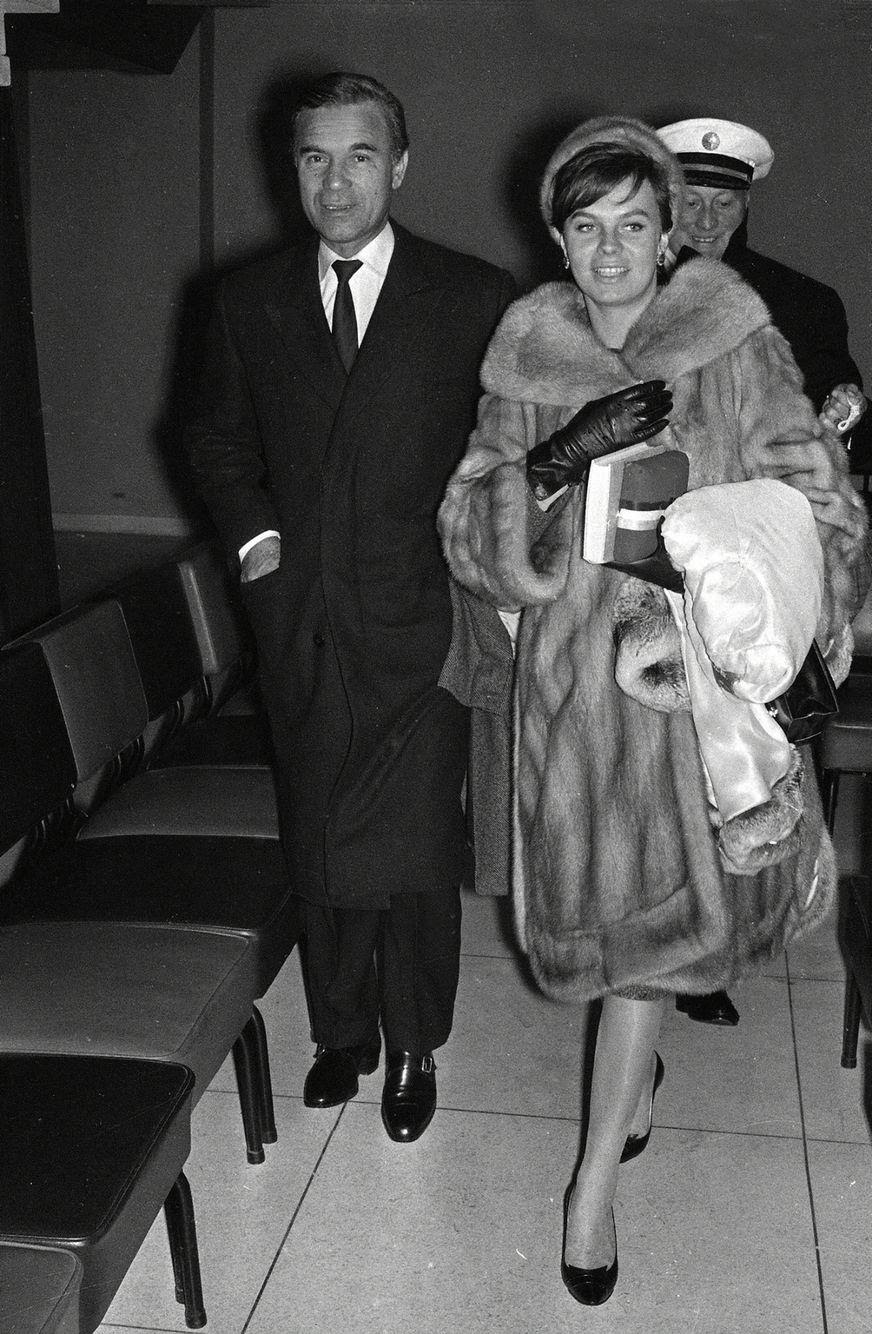
“Rubi was lucky to find Odile, because he finally found someone who loved him,” says Kahlil Heche. Rubi played Pygmalion to his young bride’s Galatea, demanding that she dress in a conservative, understated manner. “He wanted me to be the opposite of Zsa Zsa,” says Rodin. “He would put me under the shower if my hair was too lacquered and bizarre.” Rubi also introduced her to couture, including Chanel and Balenciaga. “She was so beautiful, one of the sexiest women I’d ever seen,” recalls one friend, “but he made her dress conservatively, that Grace Kelly look. She would get around that by not wearing any underwear.”
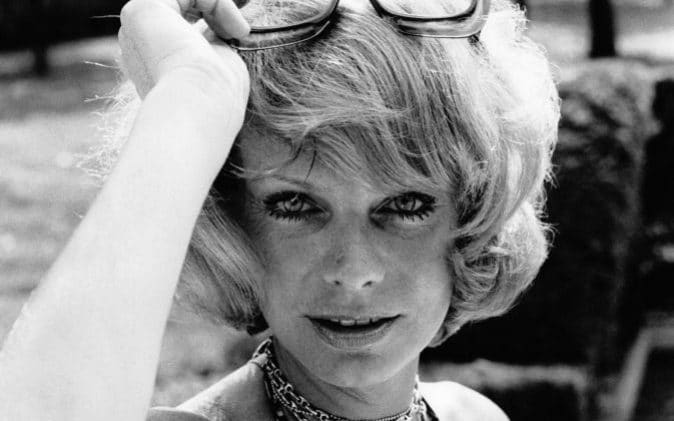
Odile Rubirosa at Saint Tropez in 1976. Credit: Bertrand LAFORET/Gamma-Rapho via Getty Images
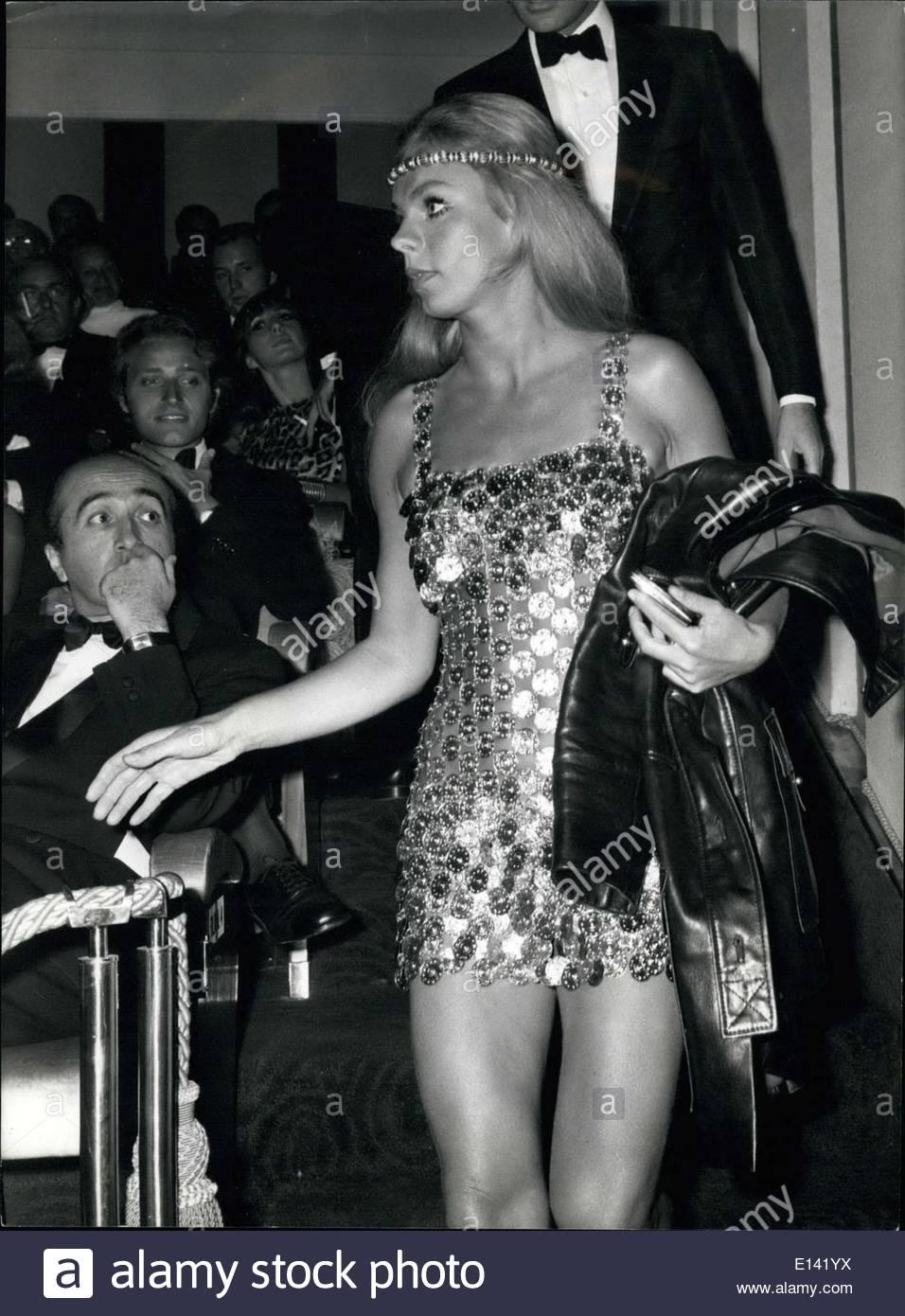
Odile, bombshell jet set beauty and veteran of numerous romantic entanglements, who caused a scandal by dancing the cancan bereft of underwear, died aged 81.
Her 1956 marriage to Rubirosa made them a celebrated couple in the international set.
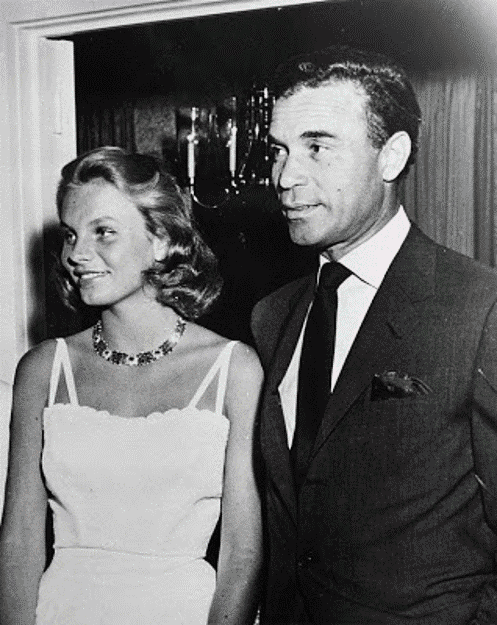
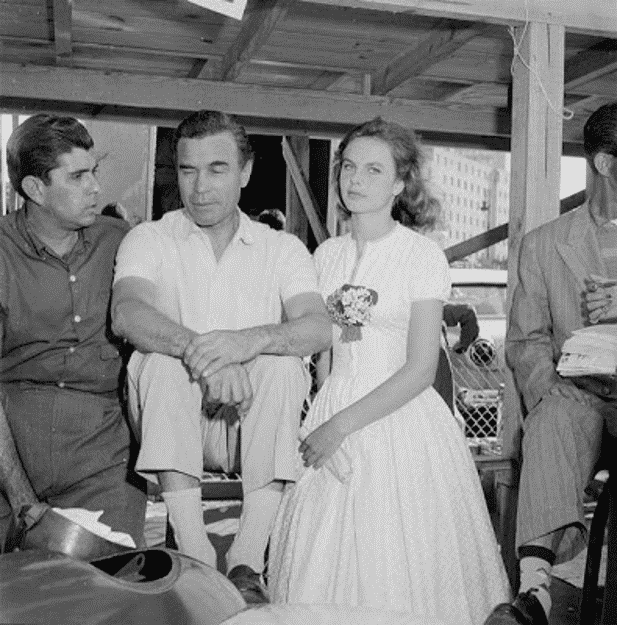
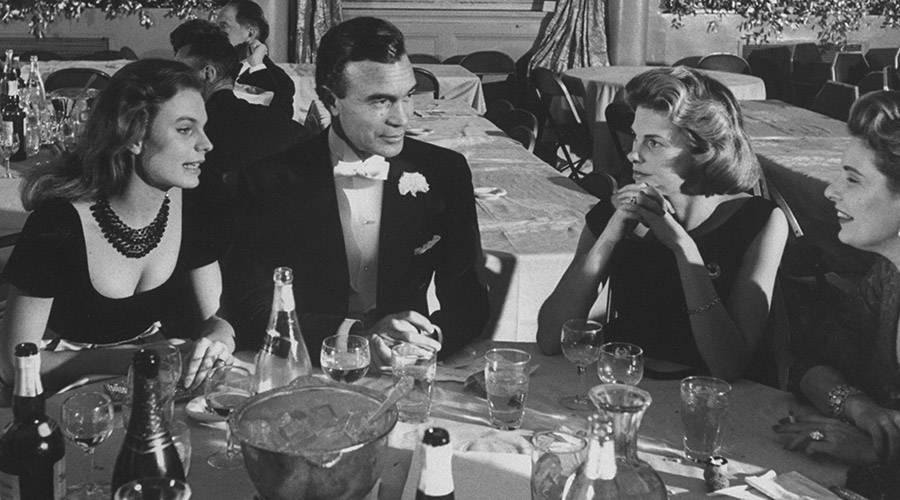
In 1957, Rubi was named ambassador to Cuba (Rodin later noted with great pride that, at 19, she was the “youngest Ambassadress in the world”), where he bewitched Fidel Castro with tales of Trujillo's longevity. “Castro was very taken with Rubi,” says Rosenberg. “He was fascinated by Trujillo and questioned Rubi for hours on end about how Trujillo stayed in power for so long.” But not long after Rubi arrived in Cuba, the Revolution began and Fulgencio Batista, Cuba’s then dictator, fled to the neighboring Dominican Republic. “Trujillo was livid with Rubi for not giving him advance notice that Batista just showed up on their doorstep,” recalls Rodin, “but it’s not like Batista asked Rubi for permission to land during a coup.”
After the coup, the Rubirosas moved in with Flo and Earl E. T. Smith, the U.S. ambassador to Cuba. Rodin recalls that “machine guns were going off everywhere and everyone was on the floor. It was raining bullets.” Claude Terrail remembers a phone call from Rubi about what was troubling him the most at the time: “they are having a revolution. We have to get my polo ponies out.”
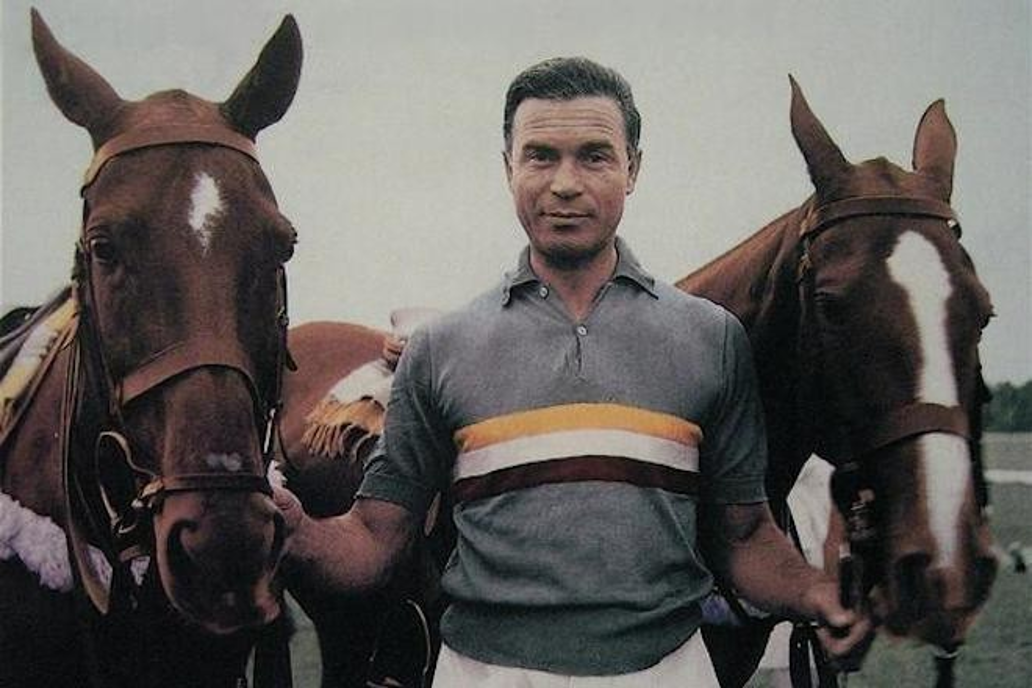
Trujillo offered Rubi a choice of postings, either Belgium or Argentina; he chose the former so Rodin could be closer to her family. As it happened, Trujillo was facing difficult circumstances at home. Out of the blue, he forced Rubirosa to trade his coffee plantation to him for stocks that soon became worthless. “Rubi couldn’t argue, as the Trujillos had been awfully generous to him through the years,” says Rodin.
Trujillo needed the money. His political base was collapsing and his life was in constant danger. On May 30, 1961, as he was traveling from Santo Domingo to his farm, six revolutionaries ambushed his car and assassinated him. Trujillo’s son, Ramfis, succeeded him.
Three months later, Rubi and Rodin went to visit President and Mrs. Kennedy for the weekend in Hyannis Port, along with Frank Sinatra, Ted Kennedy, and Pat Kennedy Lawford. (Rubi had known the Kennedys since meeting Joe senior on the Riviera, where he summered following the war.) They all went for a three-hour cruise on the president’s yacht, the “Honey Fitz”. Rubi was there also to talk business: the Organization of American States had ordered a trade embargo of the Dominican Republic because Ramfis Trujillo had tried to have the president of Venezuela killed and Rubi asked J.F.K. both to support Ramfis Trujillo’s new regime and to get the sanctions lifted.
“Rubi spoke and spoke to Kennedy,” says Gunther Sachs, part of the swinging-60s set on the Riviera. “But when he came back to Santo Domingo to report on the talks to Ramfis, the asshole [Ramfis] left the country with a boat full of banknotes and went to Spain. Rubi never talked to them again.” Flor de Oro estimated that her half-brother took $200 million out of the treasury before he left the country.
Joaquin Balaguer, the new Dominican president, terminated Rubirosa’s job as ambassador inspector of embassies, putting him out of work at the age of 53. He lost his diplomatic immunity, regular income and geopolitical allure.
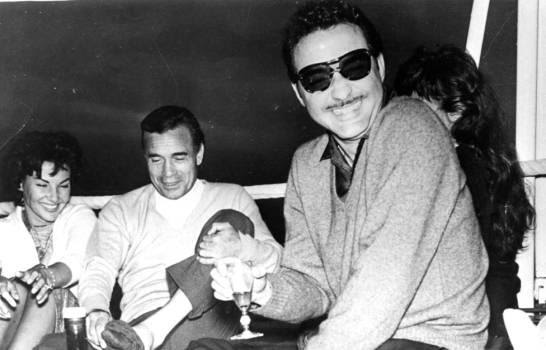
In 1963, Rubi told London “Sunday Express” writer Susan Barnes (now Susan Crosland, widow of British Labour Party foreign secretary Anthony Crosland) his version of events. “I said to [Ramfis]: ‘You must support [the new president] and give back things your father stole from the people. . . ’ But [he] didn’t have the guts. . . . And [he was] out. He took his yacht and went to Paris. So, I won’t ever see him again in my life. He is not my friend. He betrayed me.”
Crosland remembers the interview not so much for Rubi’s political statements as for what happened afterward. As she went into the bathroom of his suite at the Hotel Savoy to freshen up, she says, she encountered a “grinning Rubirosa in his monogrammed boxer shorts, through which stood his donkey-style member. He threw me onto his unmade bed and a wrestling match ensued as this grotesque thing swung about.”
Heche says, “after Trujillo died, Rubi had to change his life. All the money from the rich wives was spent. He had to start living like a poor person!”
The Rubirosas sold their house on the Left Bank for $400,000 to banker Edmond de Rothschild and moved to a village outside of Paris, Marnes-la-Coquette, where Maurice Chevalier lived. The new house had no guest bedroom and was furnished very simply, Doris’s antiques all having been sold to pay the bills. “If he wanted to be rich, he could have been very rich. He could have taken money from his wives and said to me, ‘put this in a trust,’ but he never did,” says Gerard Bonnet, who was the head of Merrill Lynch’s Paris office.
Friends thought that Rubi had lost the vitality of his previous years and he seemed depressed. “He still drank quite a lot,” says Bonnet, “but now afterwards he would not get up for two days.” At four one afternoon, he tried calling several of his friends to see if they wanted to play bocce. All of them were working and none could come out to play. He remarked to Rodin, “what, are my friends all of a sudden ouvriers [factory workers]?” Says Rodin, “to work would have been a nightmare for Rubi.”
Some friends in Paris say that Rubi was ready to return to his life as a gigolo. They say that he said privately he might marry Patricia Kennedy Lawford, who had separated from Peter Lawford, or Peggy Hitchcock, a Mellon heiress. “For Rubi to live without money was torture,” says Ricart. Oleg Cassini estimates that in Rubi’s glory days, in the 1950s, the house, the servants, the parties, the polo ponies and the annual rotation among Gstaad, Saint-Tropez, Deauville and Palm Beach must have cost about $2 million a year.
He tried to write his memoirs but never completed them. A hotel in Florida asked him to be its public-relations man but he did not want to leave Europe. He launched one final business venture, this time with fellow playboy Gunther Sachs: a line of perfume called Rubi, which was to be sold in ruby-colored bottles. Rubi travelled to the South of France to visit the manufacturing facility but nothing ever came of the venture. (About five years earlier, Rubi had tried to bring to market Pego Palo, a Dominican aphrodisiac made from tree bark and herbs. “The men drank it, like a liquid Viagra,” recalls Edith Rosenberg. “Rubi was poised to endorse this; it was out there that this was the product that made him Rubirosa. But he ran out of money”).
Still, life was not entirely dreary. The aging roué tried to fill the days with shenanigans: a Vanity Fair profile says that, during Taki’s first honeymoon in June 1965 aboard Stavros Niarchos’s three-masted schooner “Creole”, the guests decided to film their own version of “Goldfinger”, with Rubi as James Bond, Niarchos as Goldfinger, Taki as Oddjob and Odile as Pussy Galore. They hired a plane to pummel the boat with 3,000 tennis balls but the wind blew the balls in the wrong direction. Gunther Sachs filmed the proceedings from a small boat that eventually capsized, and Niarchos—too busy conducting business on the Teletype—failed to speak his lines. Rubi was too drunk to remember any lines at all.
He couldn’t sustain the lifestyle for much longer. The statue's warning to the unapologetic cad in Mozart's Don Giovanni seems grimly apt: “di rider finirai pria dell'aurora!” (“by dawn your laughter will be ended!”). Rubirosa exited the scene in true playboy style. Three weeks following the cruise, Rubi’s team won the Coupe de France polo tournament, defeating the Brazilian team. Forced to live at night to be up to his fame, to celebrate he invited everyone to Jimmy’s. He and his teammates started celebrating in the early evening. Régine remembers that on that night Rubi spoke to her three or four times about his fear of the future. “He said he didn’t want to become old.” Terrail later noted that Rubi usually planned ahead when he expected to be too drunk to drive home. “There was a man, Marcel, a taxi driver, who would follow us from place to place. If he saw we were in very bad shape, he would take the key from us and drive us home and another man would follow in the car home.” Rubi almost never took the Ferrari out when he knew he would be drinking but, when Rodin and her friends grew bored, already commandeered the other car and drove home leaving Rubi to take the Ferrari into Paris. Terrail, who left in the early morning, remembers that Marcel was not there that night. At around seven A.M., Rubi and his party left for the Calvados nightclub to eat ham sandwiches and then returned to Jimmy’s. “I had asked my man at the door to take his keys out of the car and hide them under the carpet,” recalls Régine. “Rubi came back from Le Calvados in a cab and somehow found the keys.” And, when he was drunk-driving home after the all-night bender, the fatal crash occurred. Was it suicide? Claude Terrail thinks it was simply fate.
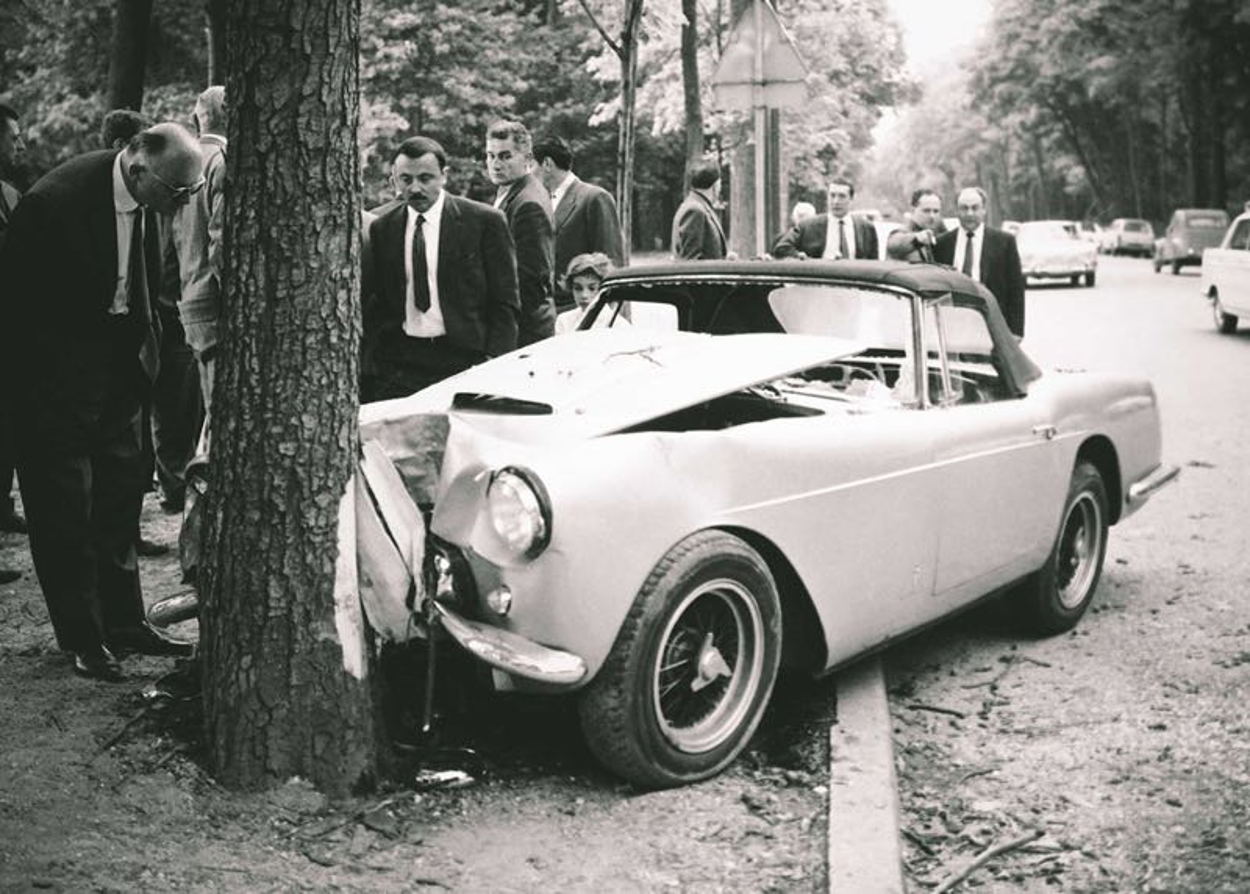
PORFIRIO RUBIROSA IS KILLED AS AUTO CRASHES IN PARIS, July 5, [1965]—Porfirio Rubirosa, former Dominican diplomat, international sportsman and playboy, died in an automobile accident here today. His powerful Ferrari sportscar, traveling at high speed, jumped the curb and crashed into a tree on Avenue de la Reine-Marguerite in the Bois de Boulogne at 8 a.m., according to the police. He was alone in the car. The 56-year-old Mr. Rubirosa died in an ambulance on the way to a hospital. The wooden steering wheel of the type used in racing competition had crushed his chest. He died within sight of two of his favourite recreation spots, the Longchamps Race Course and the Bagatelle Polo Club. —The New York Times
Rubi’s funeral was held at the house in Marnes-la-Coquette. More than 250 mourners attended, including both Pat Kennedy Lawford and her sister Jean Kennedy Smith. Gunther Sachs helped arrange for the burial and following the service, Rodin returned to Hyannis Port with the Kennedy sisters. She later remarried and lived in rural New England, worlds away from her former life with the century’s most famous playboy.
The satirical song "Porfirio Villarosa" by Fred Buscaglione, a classic of the 50s inspired precisely by Rubirosa, thus went: “Porfirio Rubirosa is the idol you never knew you had. He was fast, he was dashing and he left 1,000 women screaming his name.”
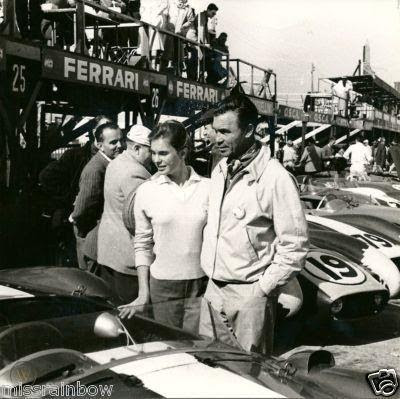
Living a comfortable life chasing women, playing polo and doing little in the way of official work, Rubi had his first taste of competitive driving in 1950. Wanting the best machinery available to an inexperienced privateer, he purchased a Ferrari 166 Mille Miglia (chassis 0050) and entered the little red Touring-bodied Spyder for the Le Mans 24 Hours. Running under a Luigi Chinetti entry with co-driver Pierre Leygonie, the Ferrari was a fixture in the top ten until clutch problems forced its retirement in the sixth hour. Although he didn’t race again until 1953, Rubi kept the Ferrari and frequently used it around Paris.
Three years after purchasing his Ferrari 166 Mille Miglia, Rubi upgraded to the latest version ahead of a planned outing at the Reims 12 Hour race in July 1953. Trading his old car back to Ferrari, Rubi received a 1953-specification 166 Mille Miglia with white and blue Spyder bodywork by Vignale. The trade took place in May 1953 and Rubi had Ferrari number the new car 0050 to avoid purchase tax. This was of course the same number as his original red example, the new car's real identity having been chassis 0328. Co-driven once again by Pierre Leygonie, the Reims outing ended with an early retirement and Rubi sold the car back to Ferrari a couple of months later.
Rubi then bought a Le Mans drive in a similarly powerful Luigi Chinetti-entered Ferrari 375 Mille Miglia (0380). The car was owned and co-driven by Count Innocente Baggio but on only the fifth lap Baggio planted the Ferrari into the Tertre Rouge sandbank and despite his best efforts was unable to dig it out. Having taken Gabor to the race Rubi never got his chance to drive.
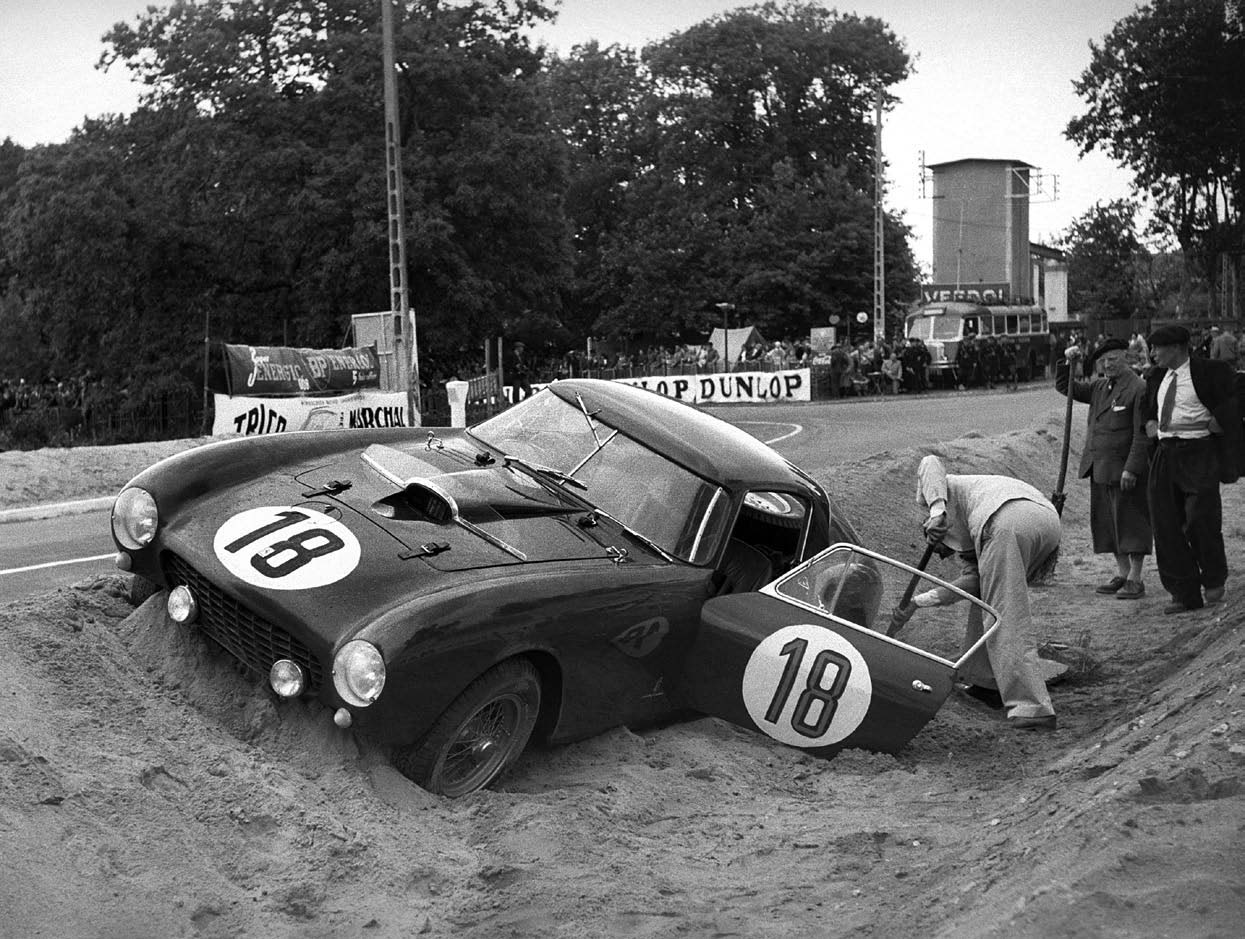
Rubi’s third Ferrari racing car arrived a few weeks later, a 500 Mondial with Spyder bodywork by Pinin Farina (0438). Painted dark blue, Rubi had the car sent out to Los Angeles where, encouraged by Gabor who posed with him right on this car, he was taking acting lessons ahead of a planned career change. During September 1954, Rubi ran the little blue Ferrari in a race at Santa Barbara (finishing eighth) but, almost immediately afterwards, he sold it to John Von Neumann, who ran Ferrari Representatives of California. The historic car participated in the 2015 Pebble Beach Concours d'Elegance and was restored by the Ferrari Classics Department.

Among the admirers of this car there was also James Dean who, before a race, stopped to admire it and wanted to get behind the wheel.
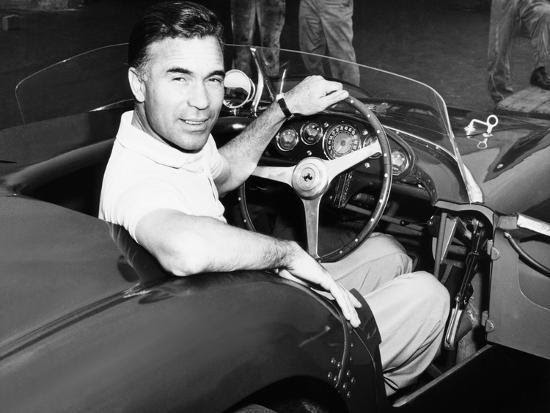
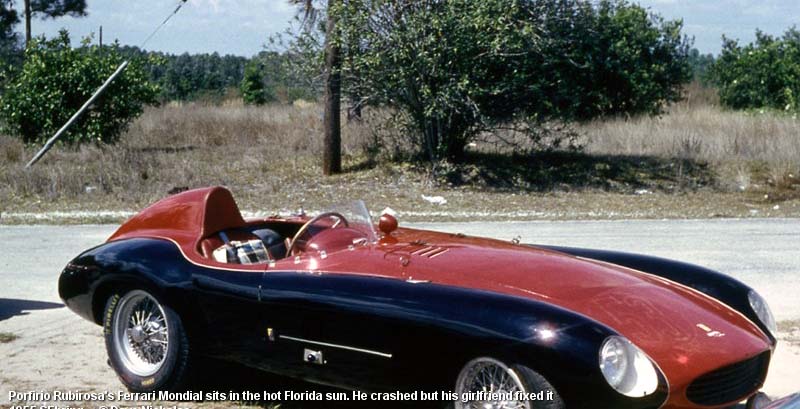
After retiring from racing, the car became a collector's item which changed hands several times to the current owner, the Californian Tom Peck, who requested a complete restoration with the installation of a new engine of the correct type built by the Classics Department according to the original specifications.
Rubi may have sold chassis 0438 as he had another 500 Mondial with the latest Scaglietti bodywork on order (chassis 0464). With this new red Spyder, he contested the end-of-season Carrera Panamericana co-driven by Ernie McAfee. Rubi and McAfee retired on the first of eight stages, having gone over the allotted time limit.
When chassis 0464 was wheeled out for its next outing, it had been repainted with black flanks and a red centre, the full-width windshield being switched for a conventional single aeroscreen. In this configuration, it was entered for the Sebring 12 Hours in March 1955, where Rubi would be co-driven by Cal Niday and James Fargarson. Porfirio crashed out on the 14th lap, didn’t race the car again and soon after sold it to Jim Pauley.
Rubi acquired his third 500 Mondial in November 1955 - another Scaglietti-bodied Spyder (chassis 0556). Originally owned by Francois Picard, it had been sold back to the factory and, despite being painted light blue, Ferrari ran it as a works car for the 1955 Venezuelan GP where Rubi was spectating. He concluded a deal to buy it after the race and lodged an entry for the end-of-season Bahamas Speed Week. Rubirosa placed 25th overall, winning class E in the Governor’s Trophy on December 9th. This was followed by 12th overall and second in the under two-litre class in the Ferrari race held on the 10th. Rubi then had to fly back to Miami for a polo match so entrusted Ed Lunken to run the Nassau Trophy on December 11th, Lunken taking 15th overall and winning class E.
After repainting 0556 his preferred dark shade of blue, Rubi entered the 500 Mondial for his third consecutive appearance at the Sebring 12 Hours. He would be co-driven by Jim Pauley, who had purchased Rubi’s first 500 Mondial (the PF-bodied Spyder) 12 months earlier. Together they ran the distance to claim 10th place overall and win the two-litre class.
However, within two months the car had been sold to Charles Hassan as things were heating up in the USA and questions were being asked about ulterior motives for Rubi being in the country.
Rubi purchased an ex-works Ferrari 625 LM direct from the factory (chassis 0644) and had it flown out for the Venezuelan GP on November 4th. Painted a familiar shade of dark blue, Rubi finished the race in 12th position. He used the car only once before it was sold to David Cunningham.
When he was back in Europe, Rubi took delivery of a new car. It was a red Series I Ferrari 250 GT Cabriolet, perhaps the most beautiful road car available at the time. He did not have long to enjoy it though as, a few months later, Trujillo moved him to the role of ambassador to Cuba.
Whilst in Havana, Rubi found time for a little motor racing leasing drives in William Hellburn’s Ferrari 500 TRC for the 1958 Cuban GP (23rd overall) and Sebring 12 Hours (11th overall). At Sebring, Rubi co-drove with Jean-Francois Malle and William Hellburn, the trio finishing second in class. For both these events Rubi had paid for the Ferrari to be repainted dark blue with a white stripe.
Sebring would be Rubi’s last competitive drive.
While stationed in Belgium, Rubi purchased his second Ferrari 250 GT Cabriolet and, in January 1960, took delivery of a brand new silver Series II.
Peruvian Nobel laureate Mario Vargas Llosa, who brought Trujillo to terrifying life in his 2000 novel “The feast of the goat”, once wrote that it is better to understand men than to judge them. Rubi, playboy on a world stage, was an easy man to judge, hoist on the petard of his own boasts: materialistic, indulgent, duplicitous and violent when he didn’t get his own way. He is harder to understand: he never had children because he was sterile (whether from childhood mumps or an errant polo mallet, no one knows for sure). This made women all the more willing to jump in the sack with him but it could have been a tragedy for many men and it's hard to know how much this mattered to him. Could it be his was a biological selfishness, a pathological live-for-today hedonism? Maybe that’s too generous, or reductive. But he was as loved and envied as he was hated. Stylish, romantic, fearless and rapaciously magnetic, he was an impossible-to-follow one-off.
Videos
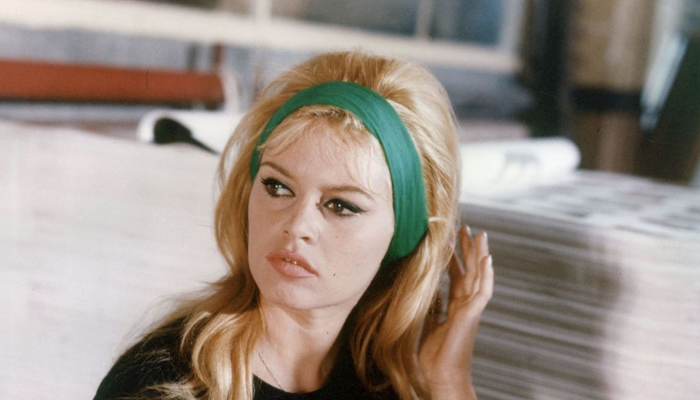
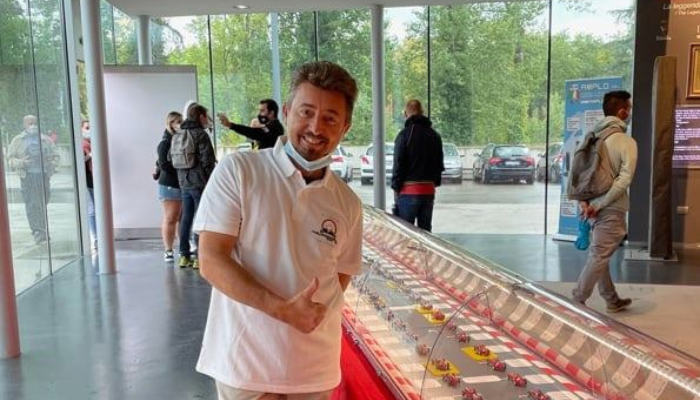
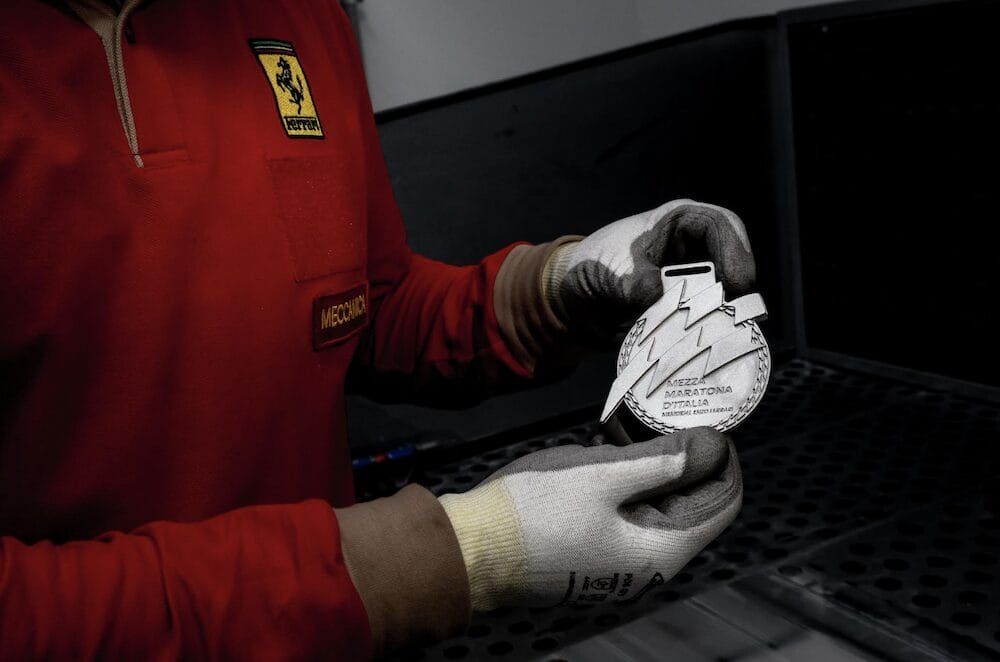
Comments
Authorize to comment